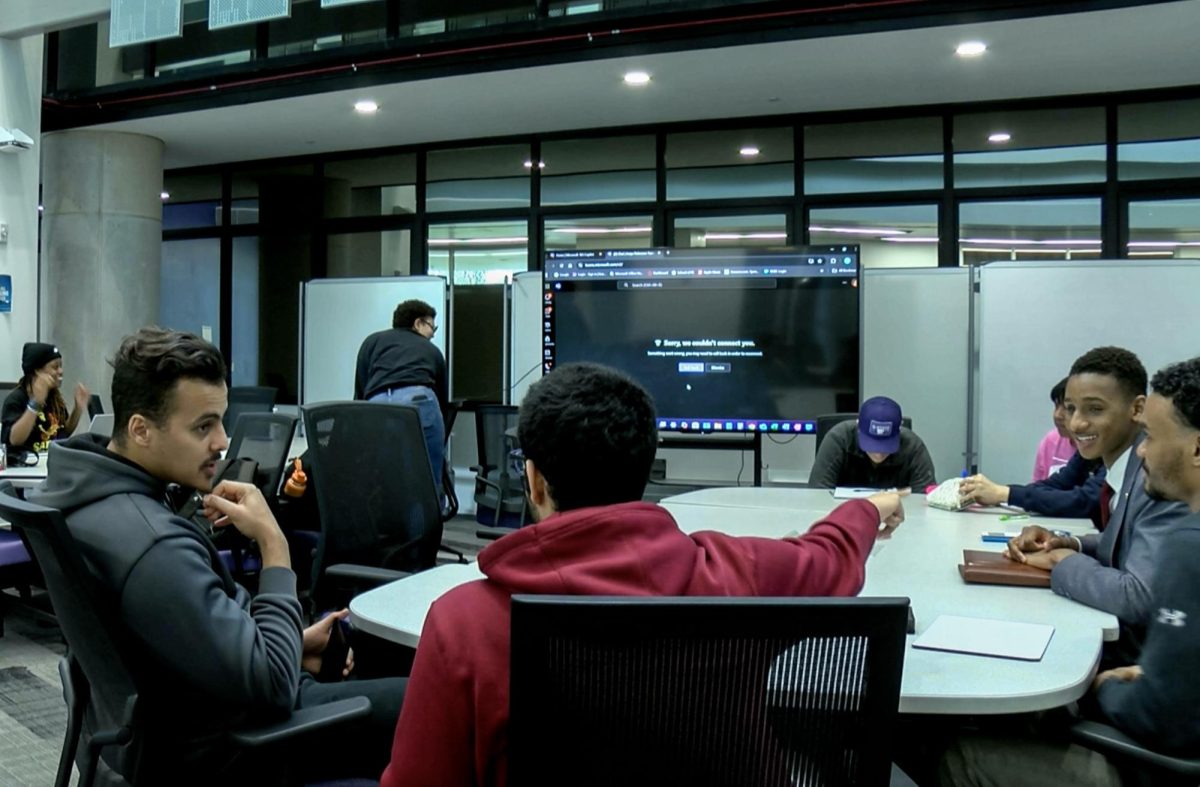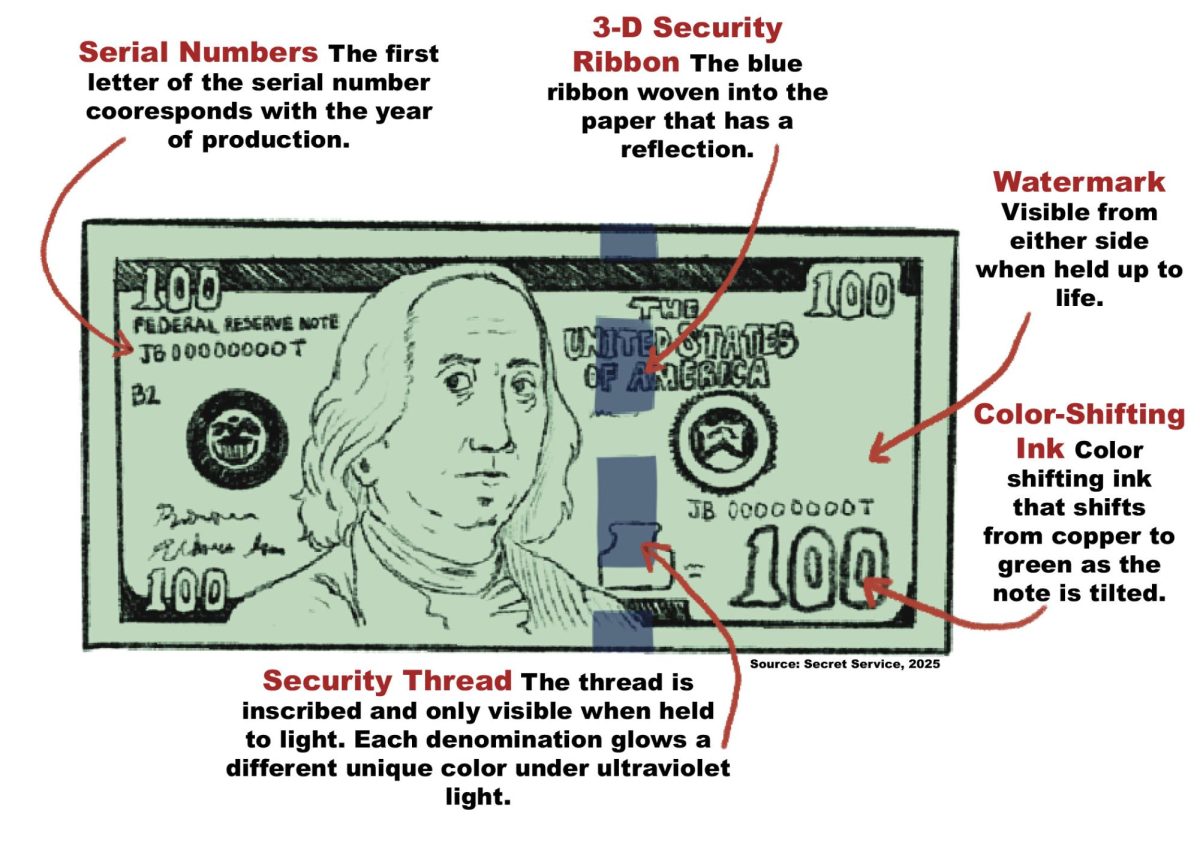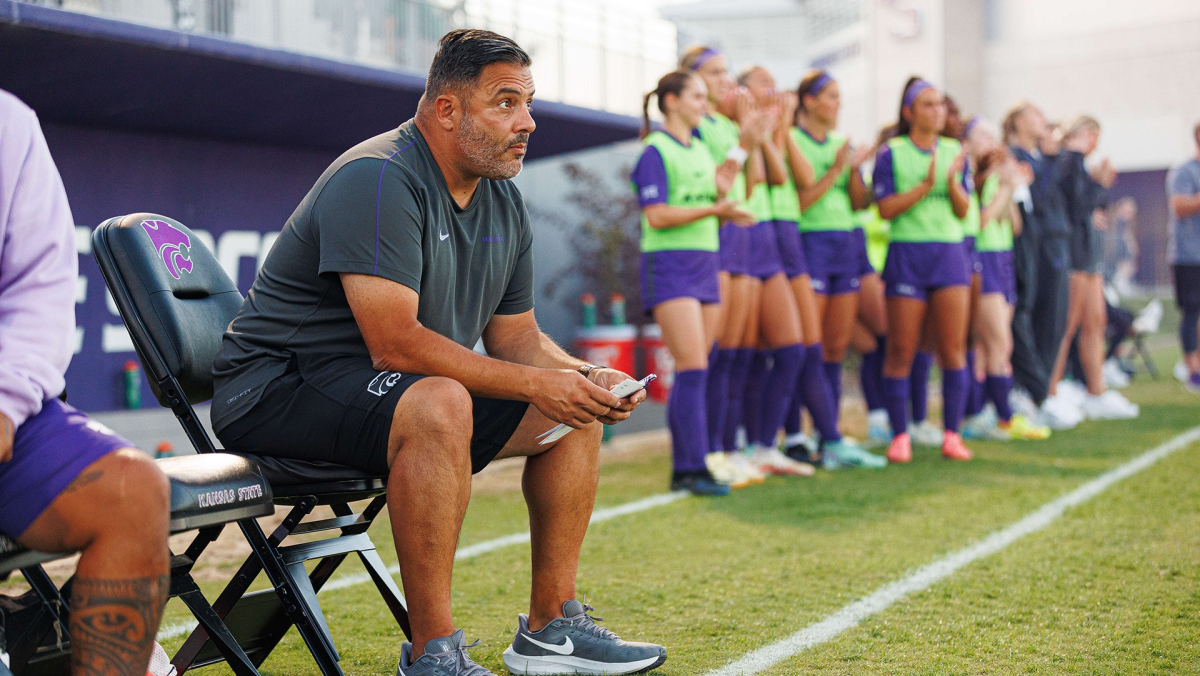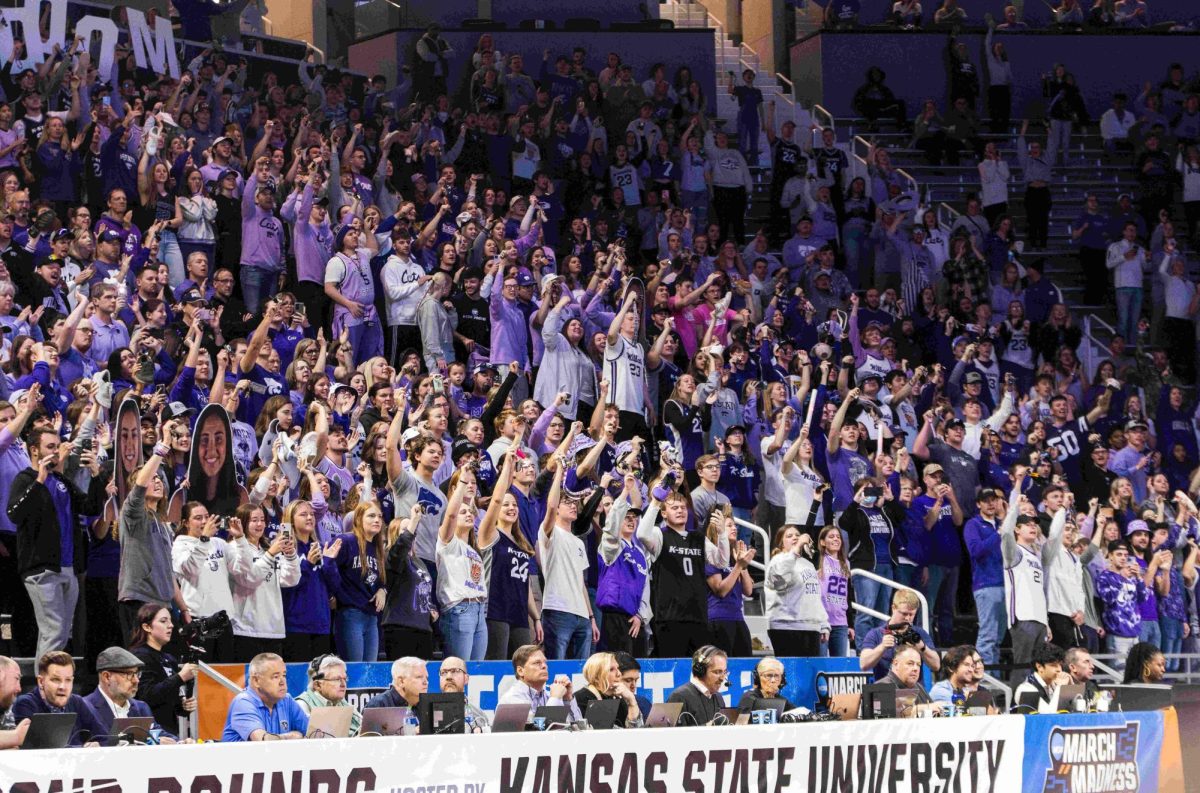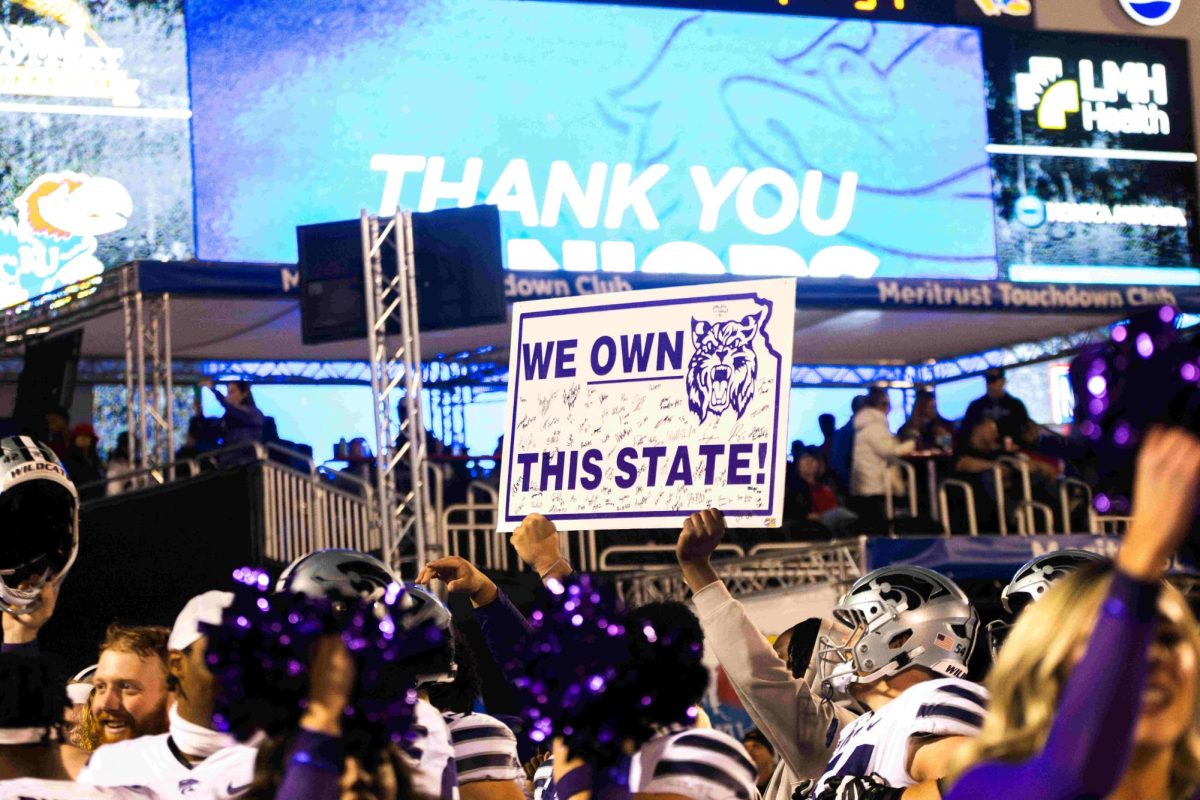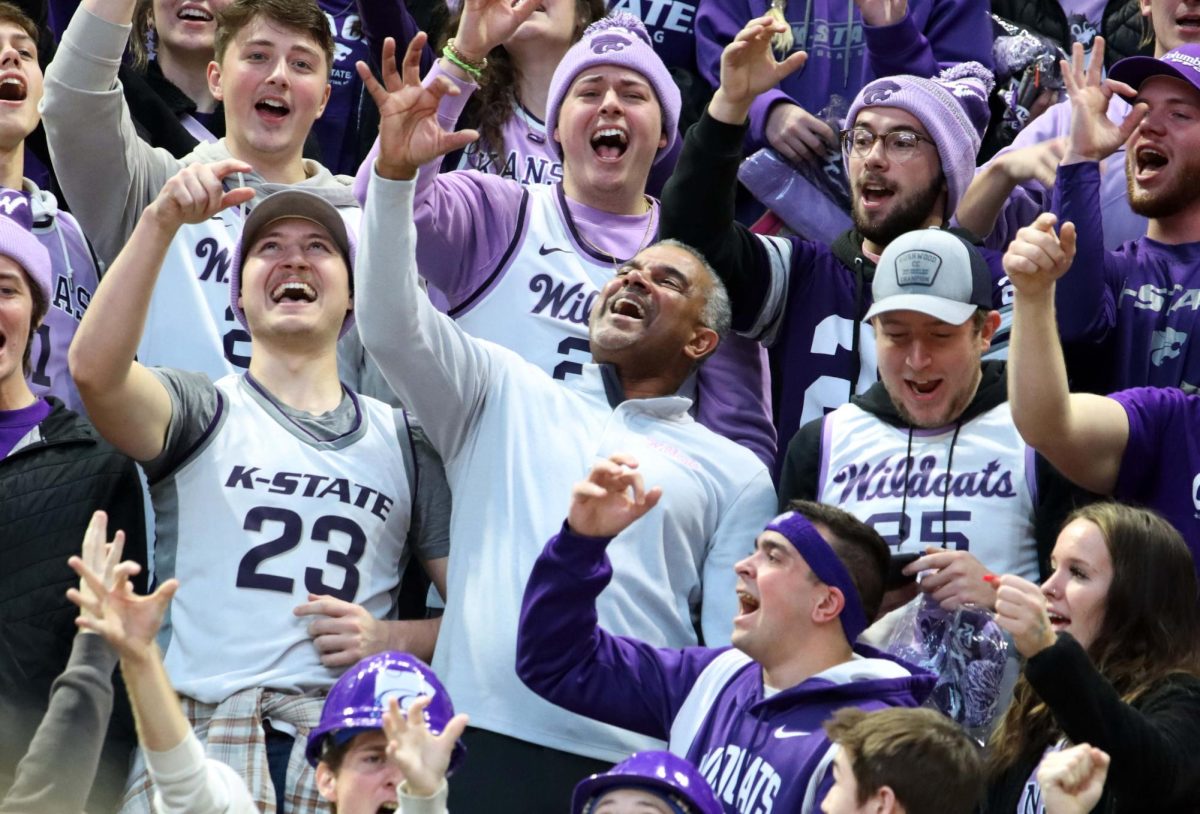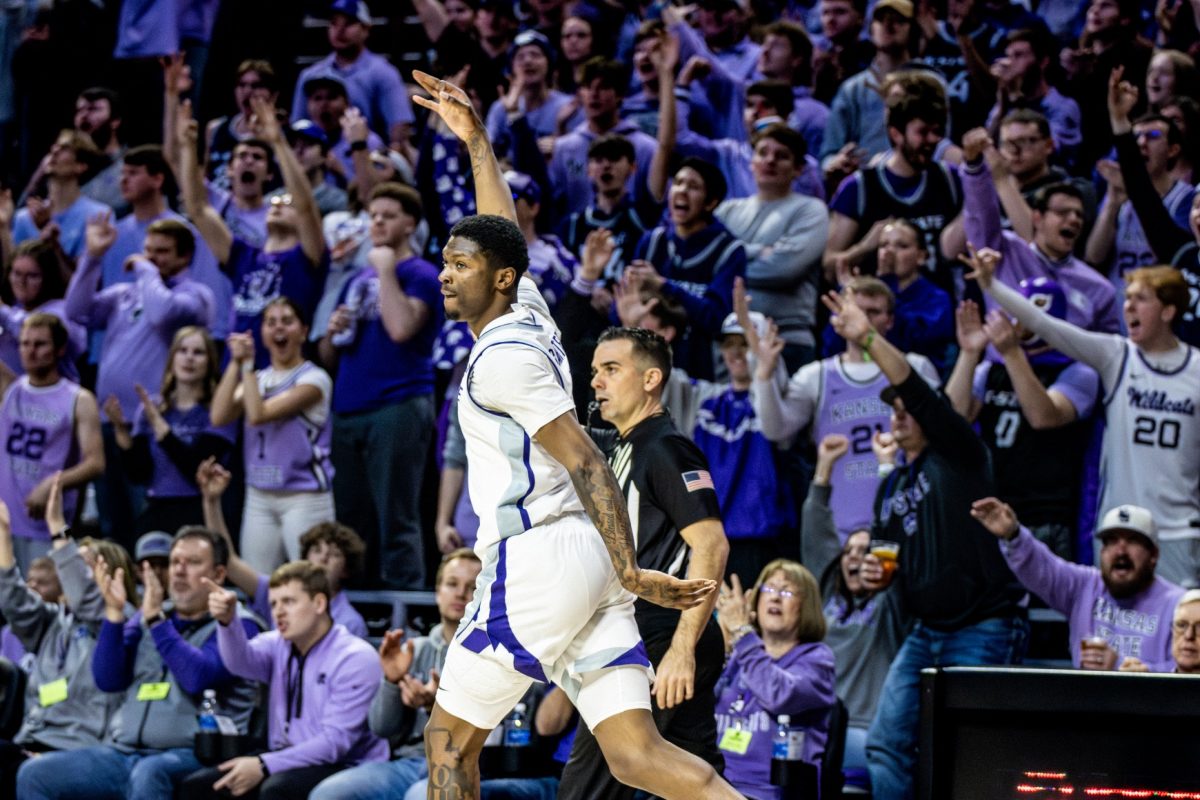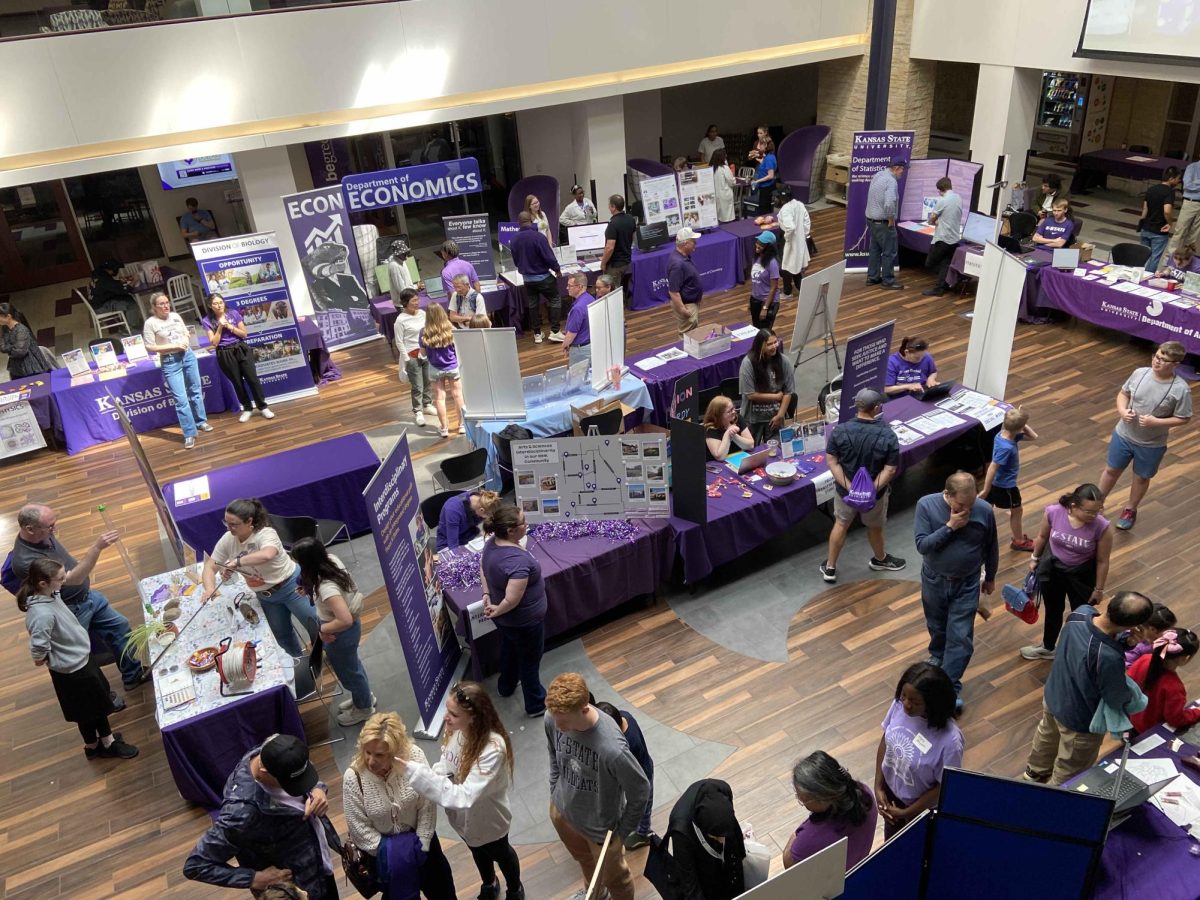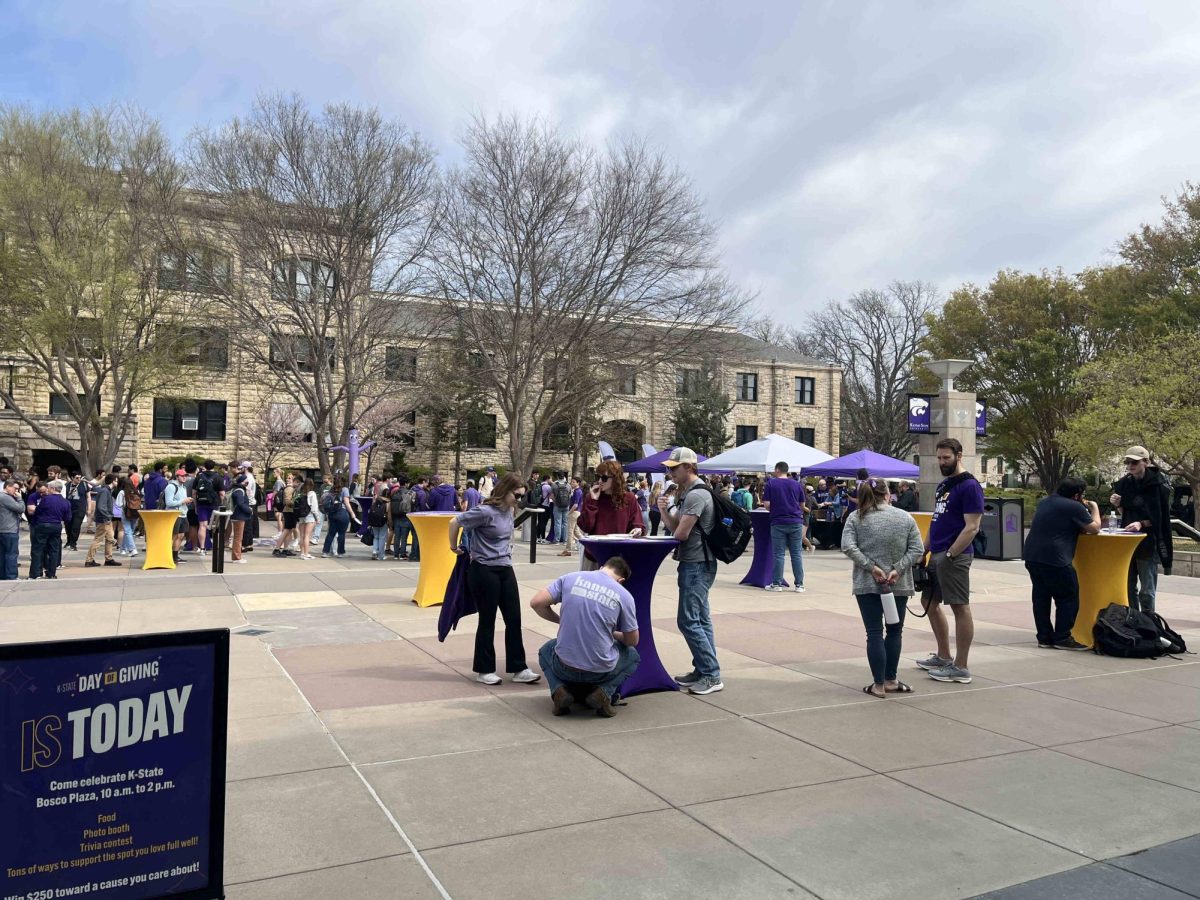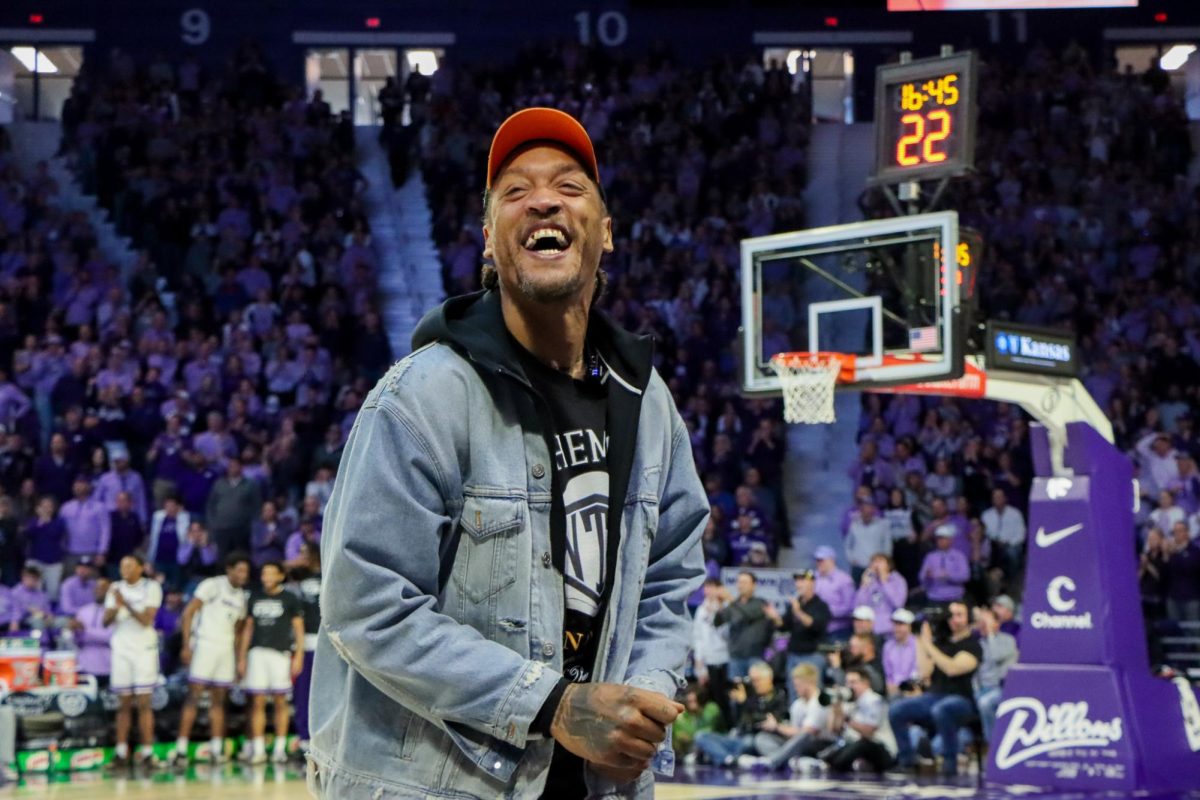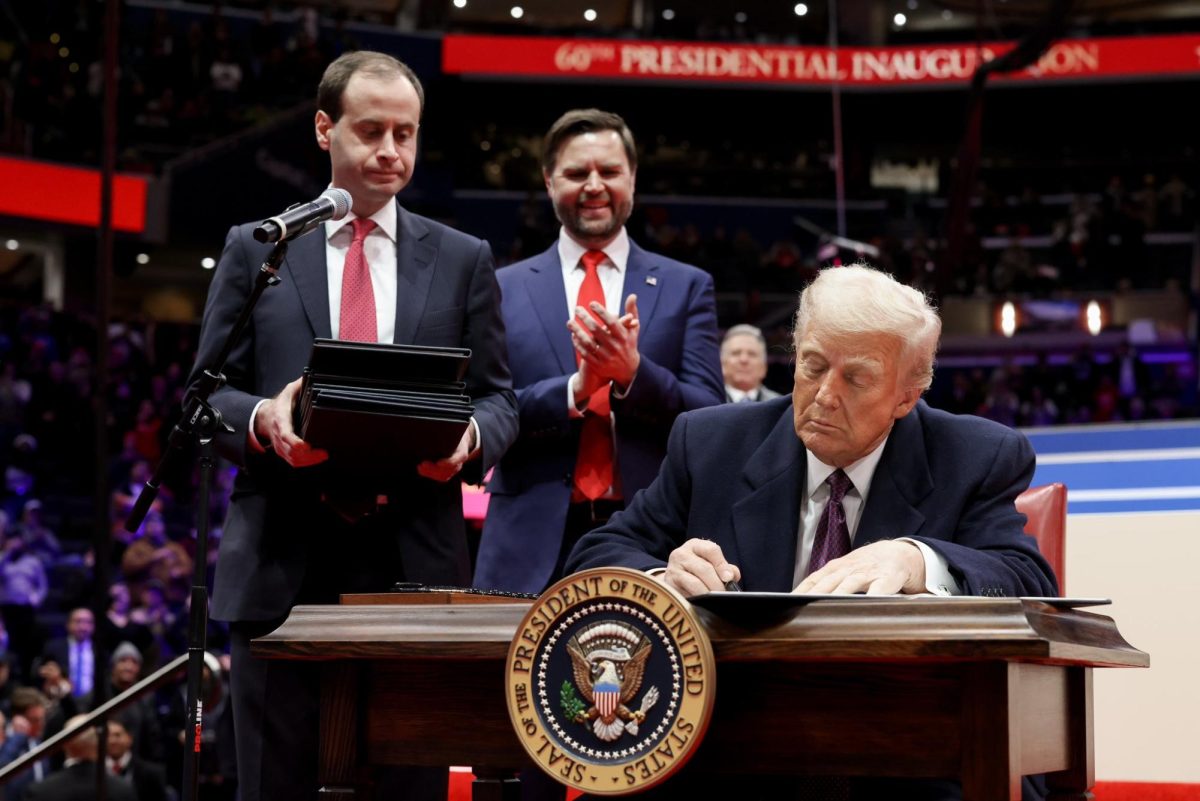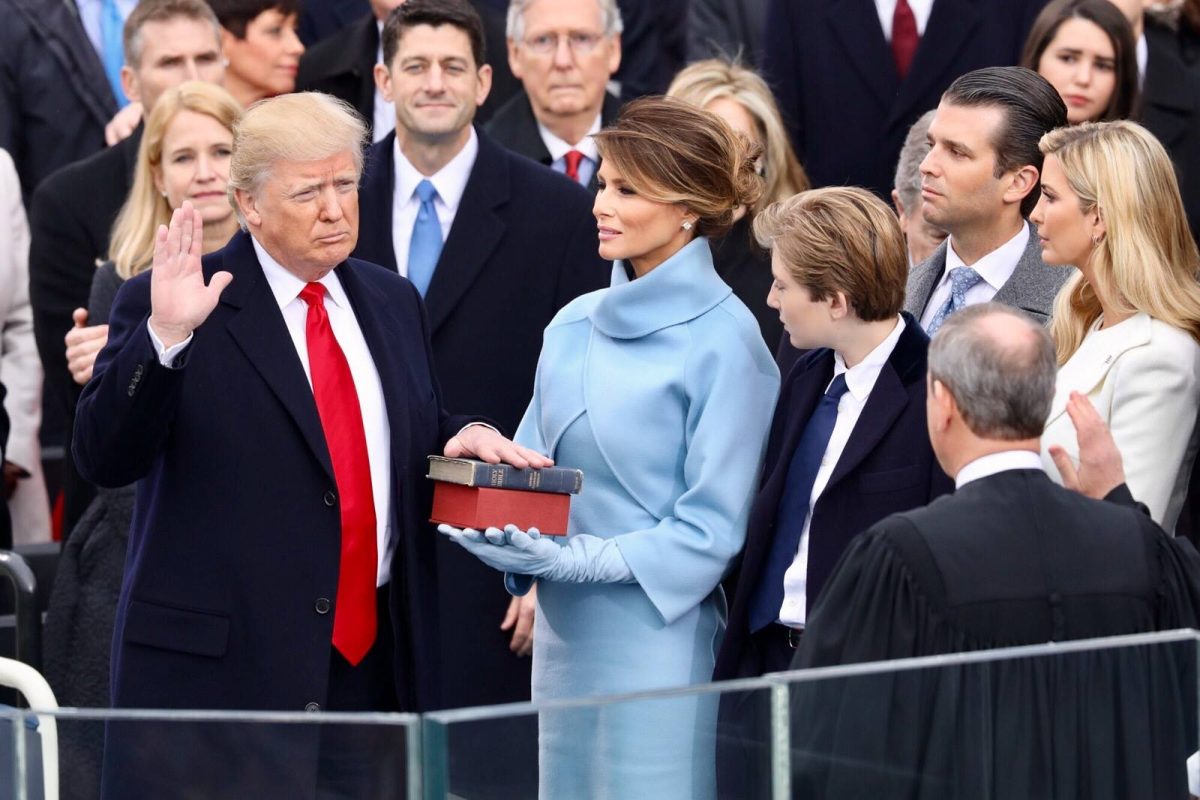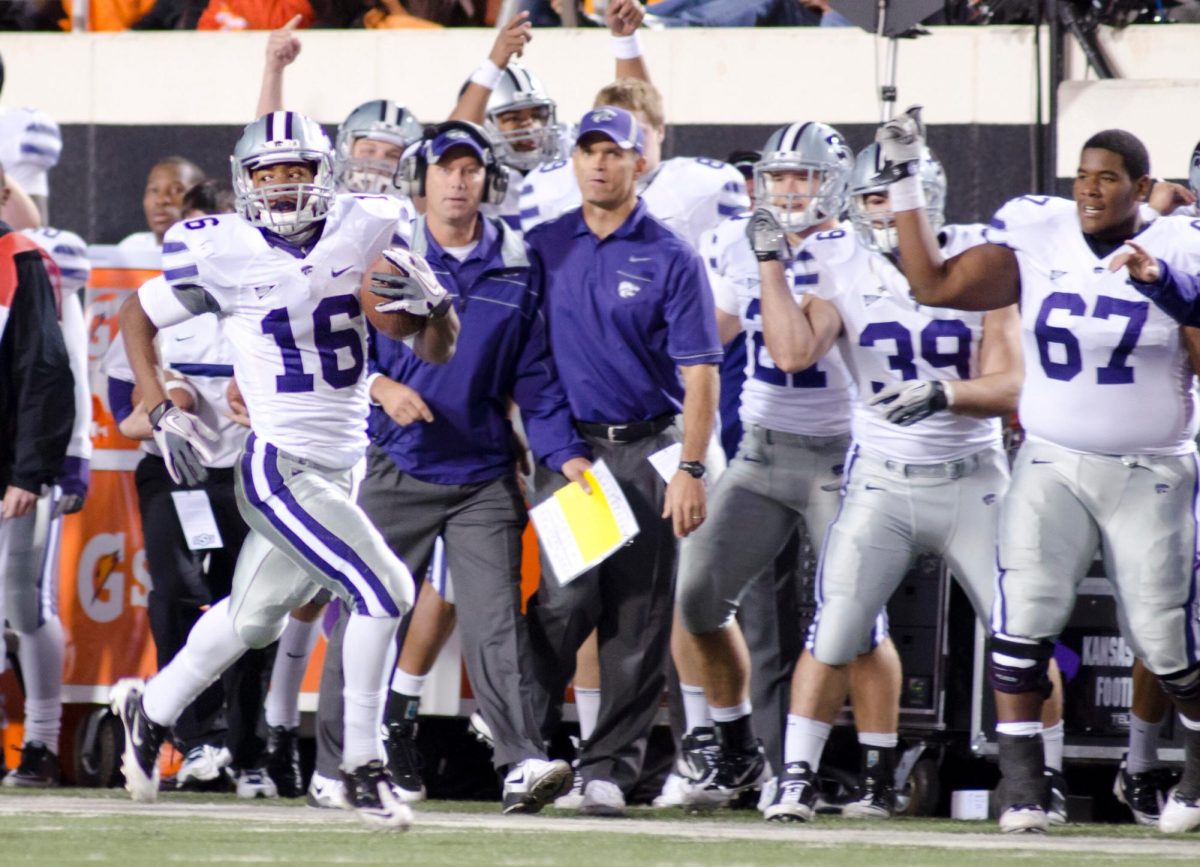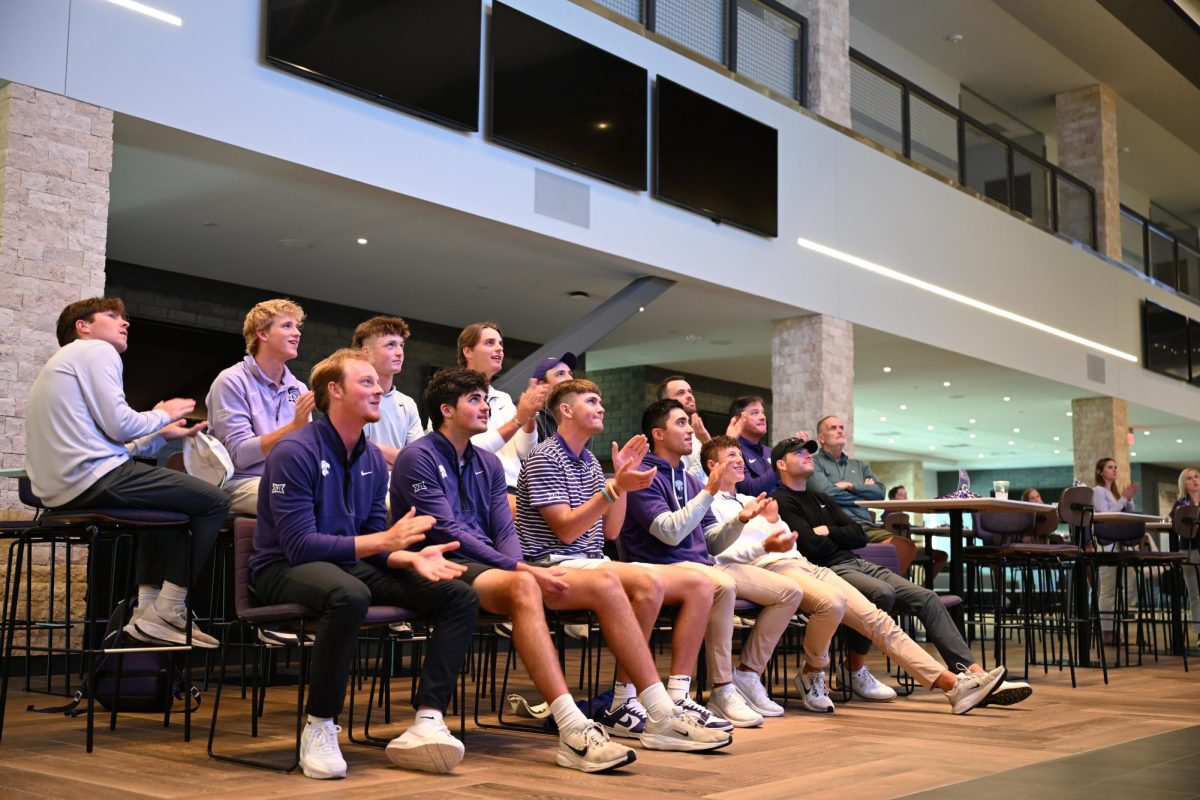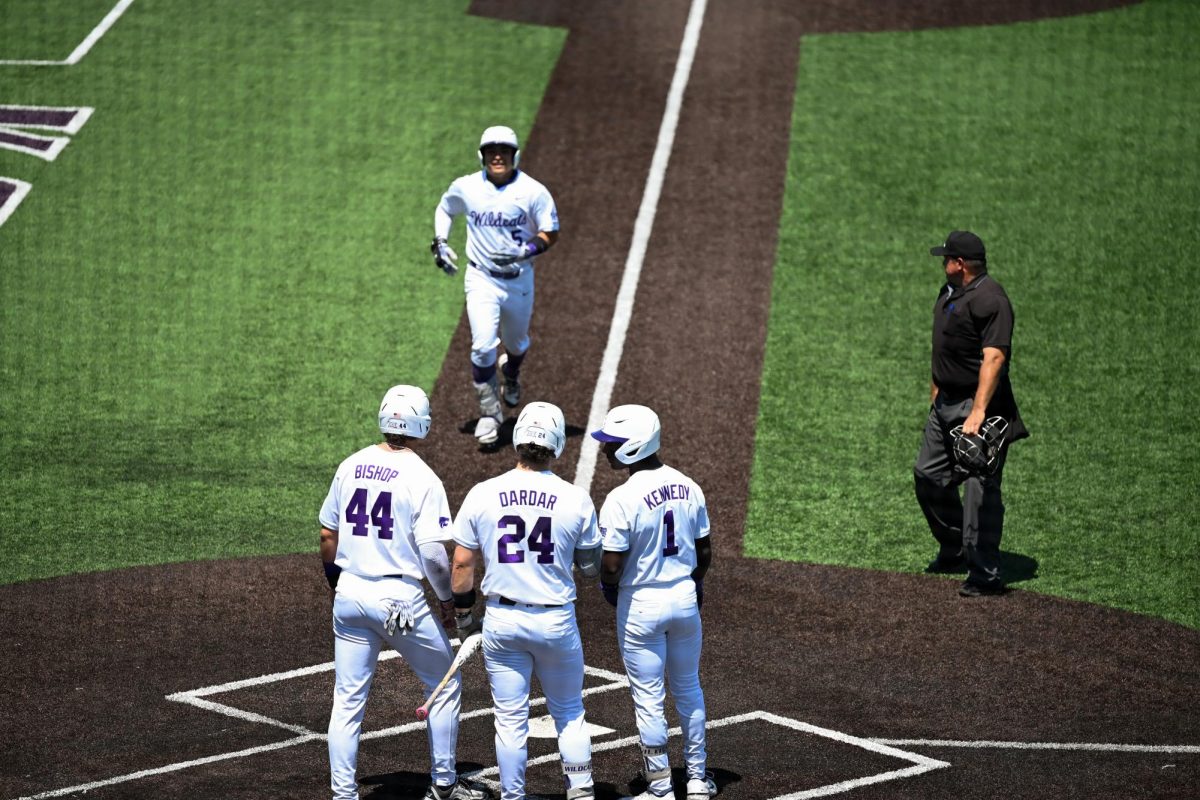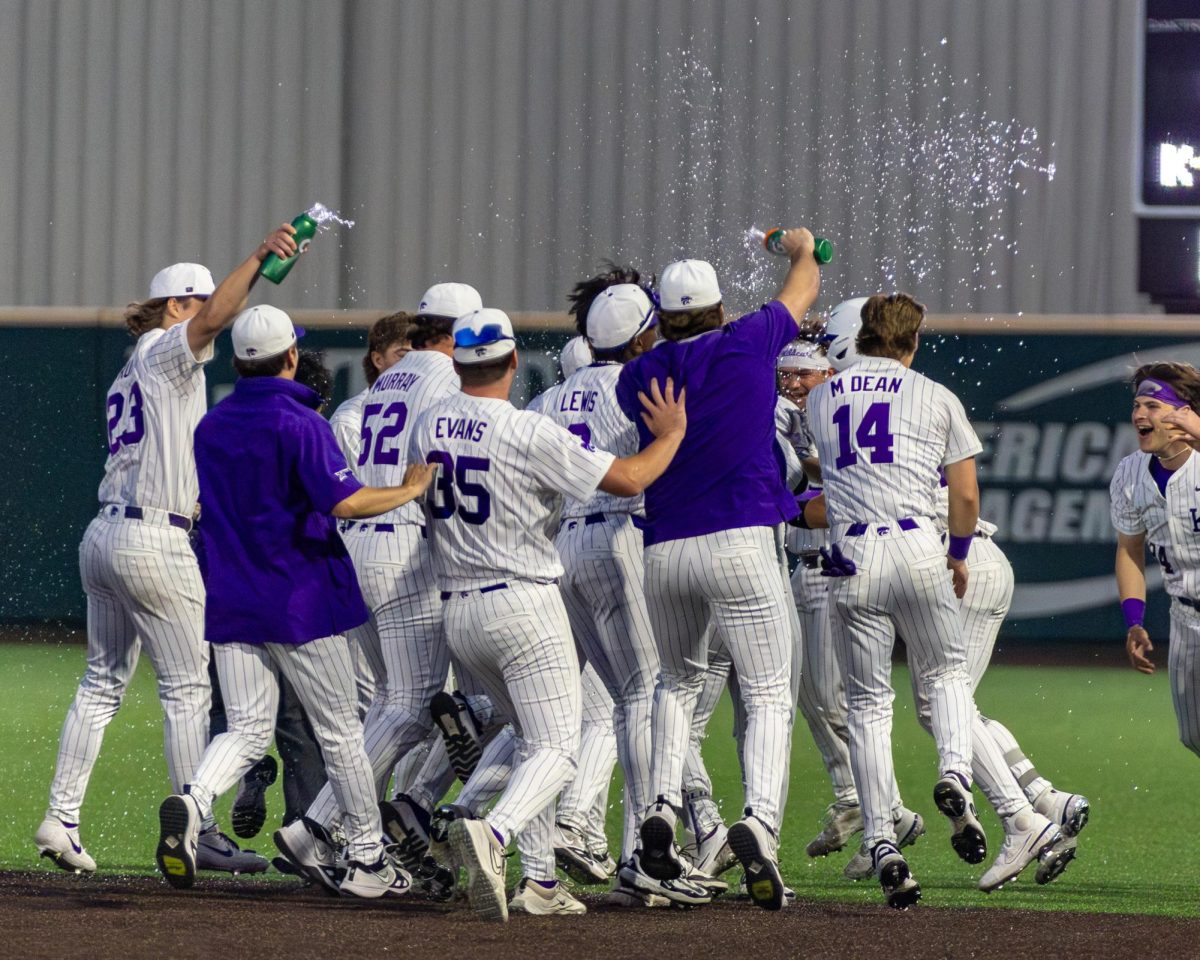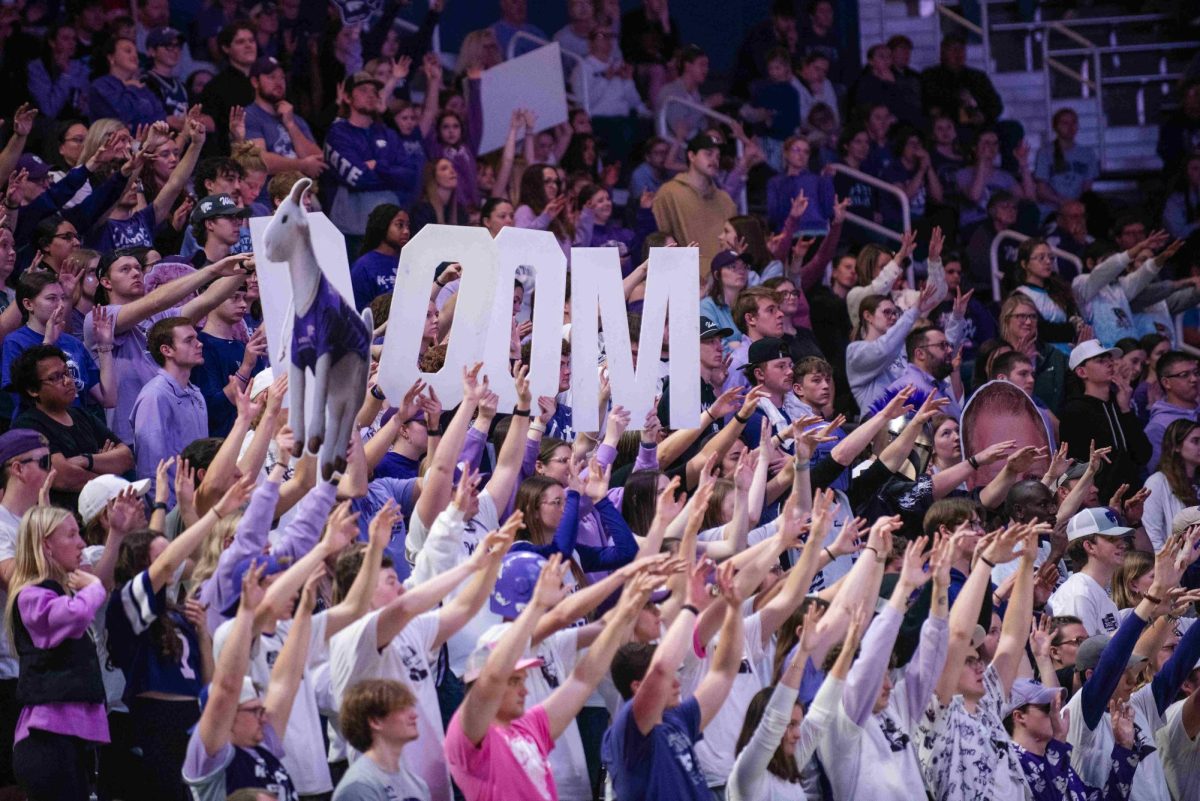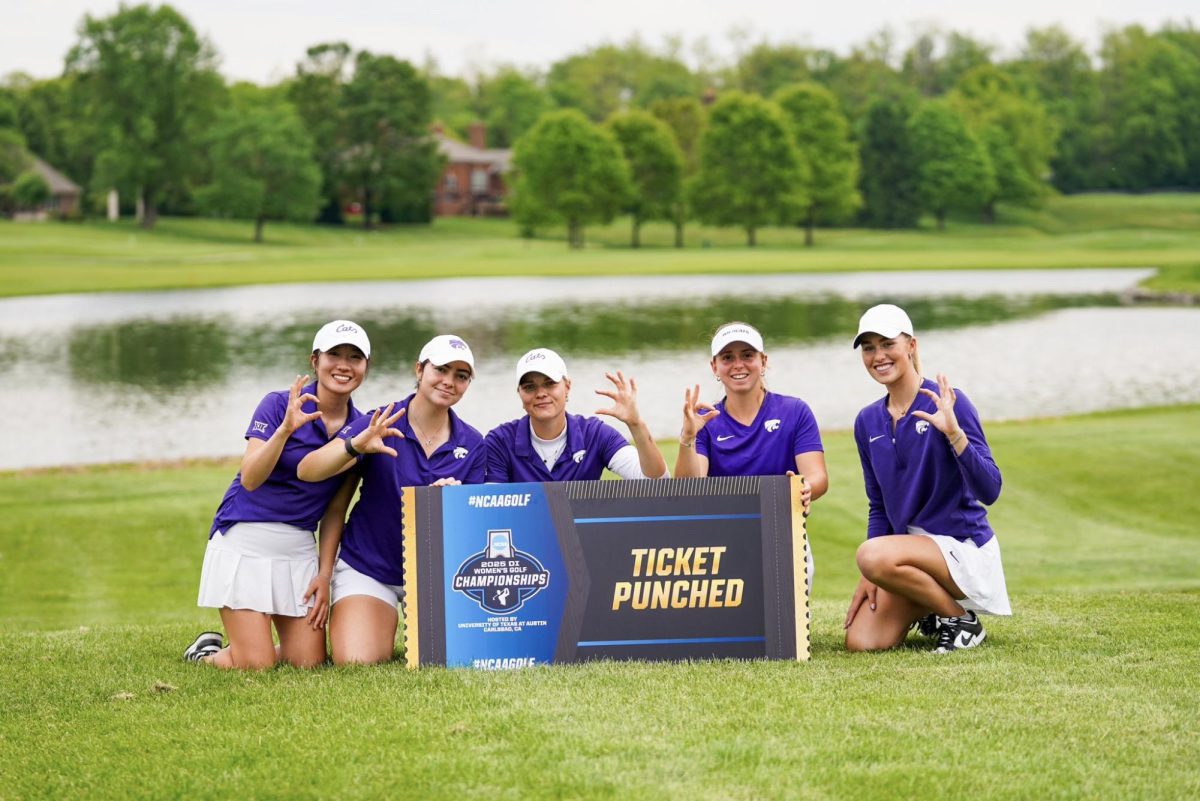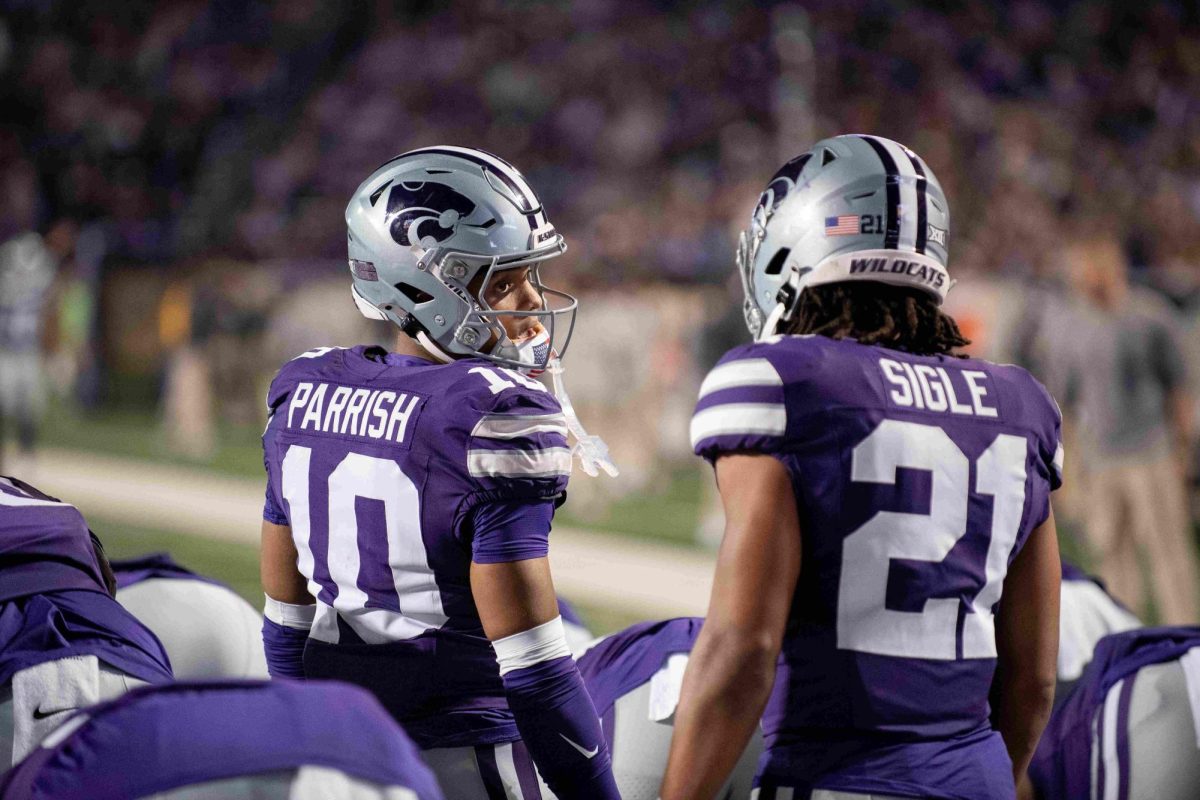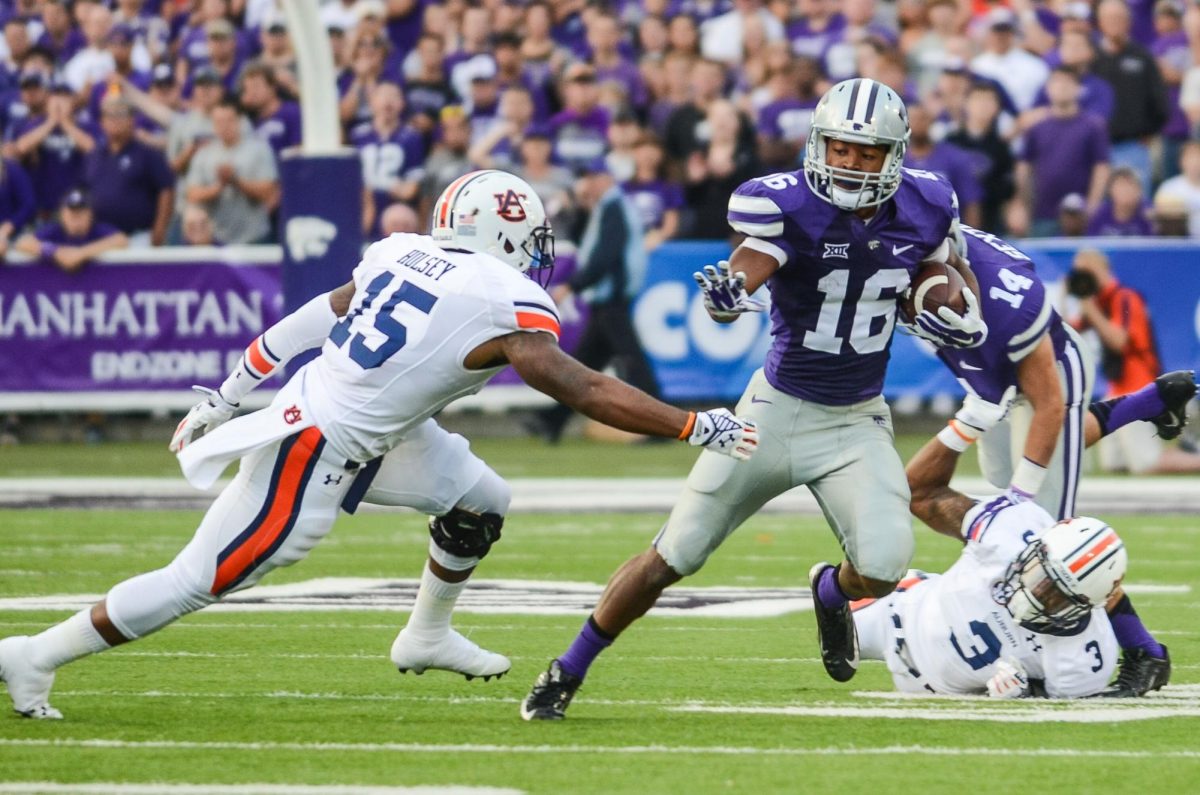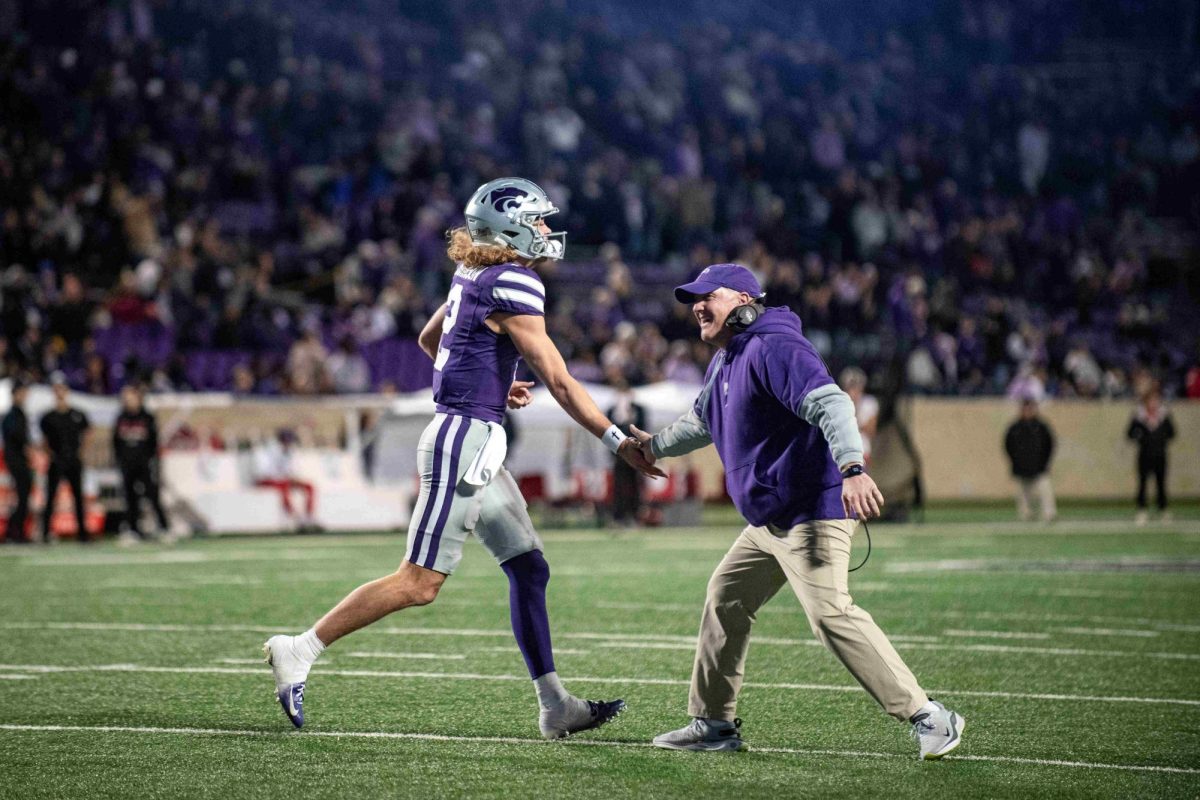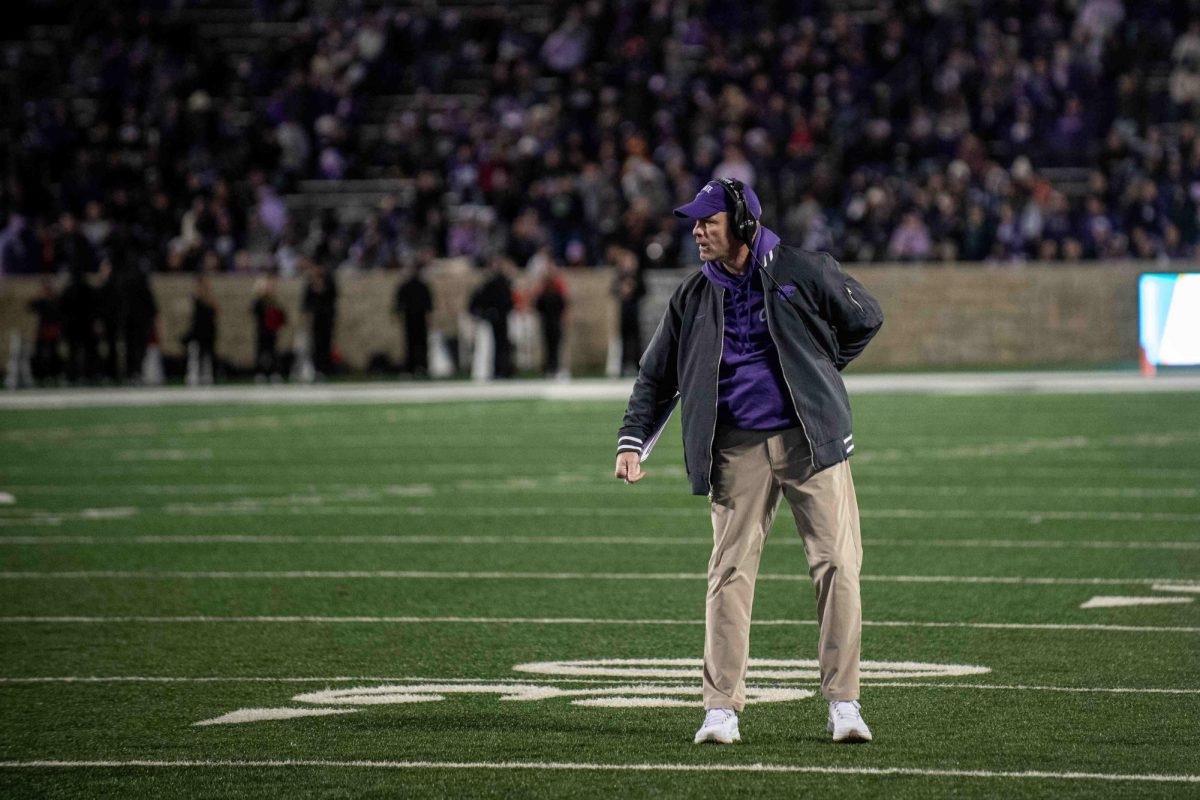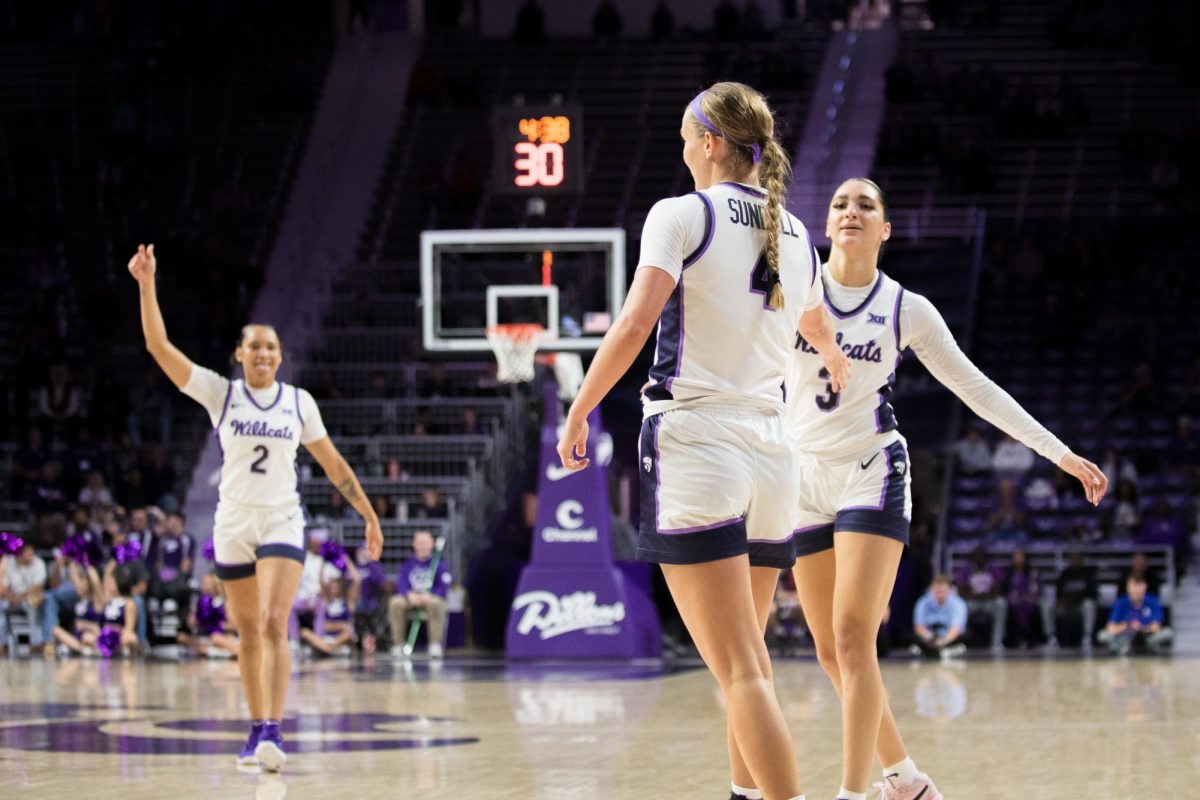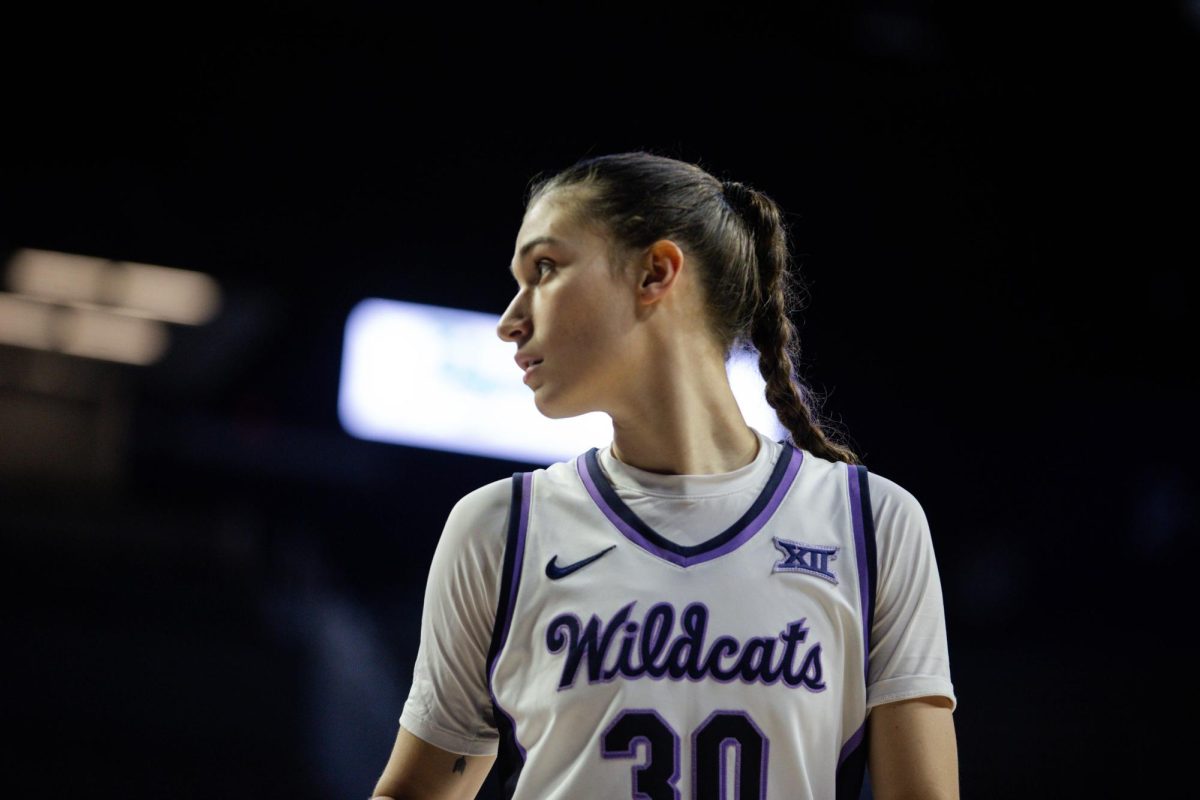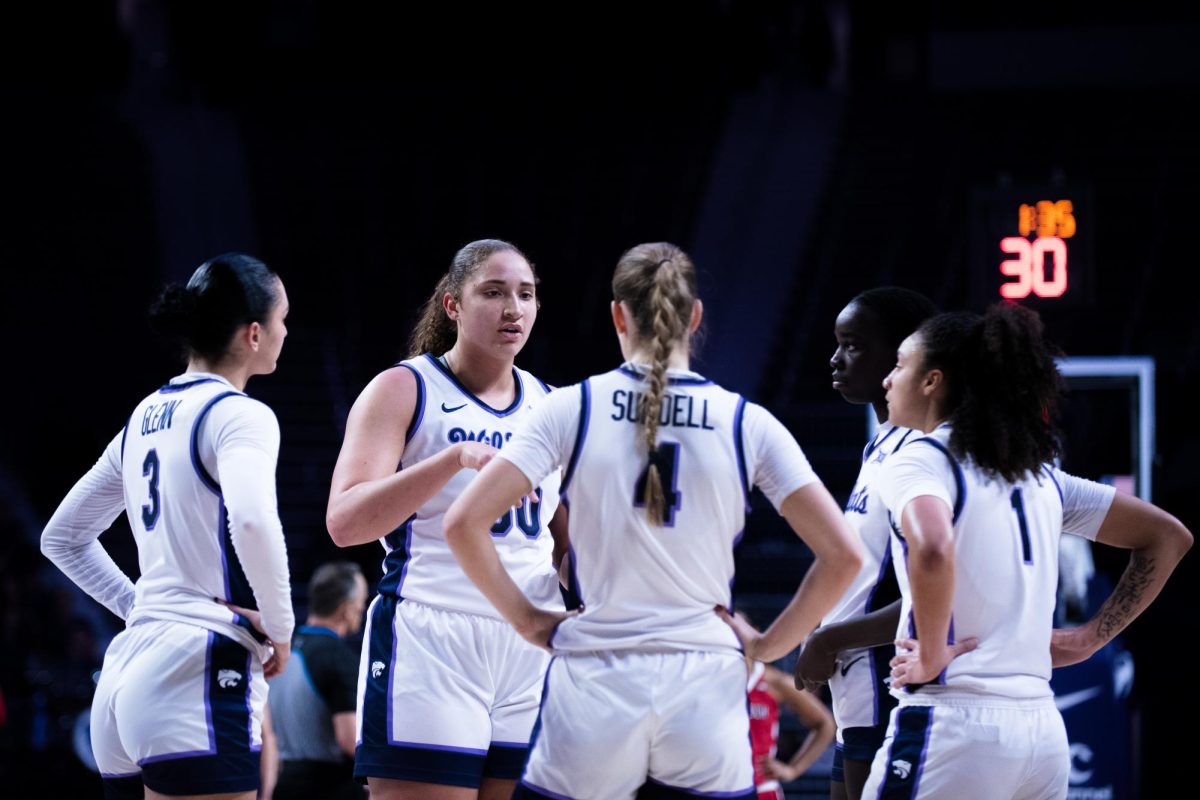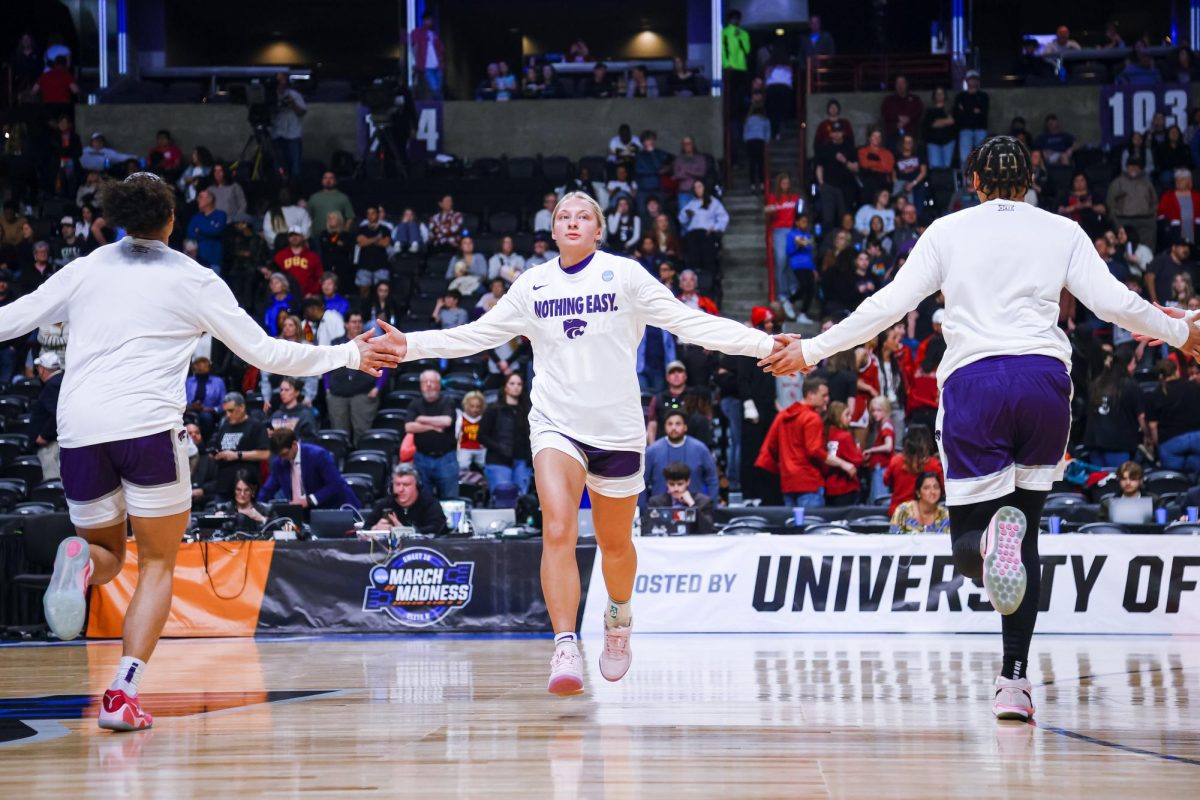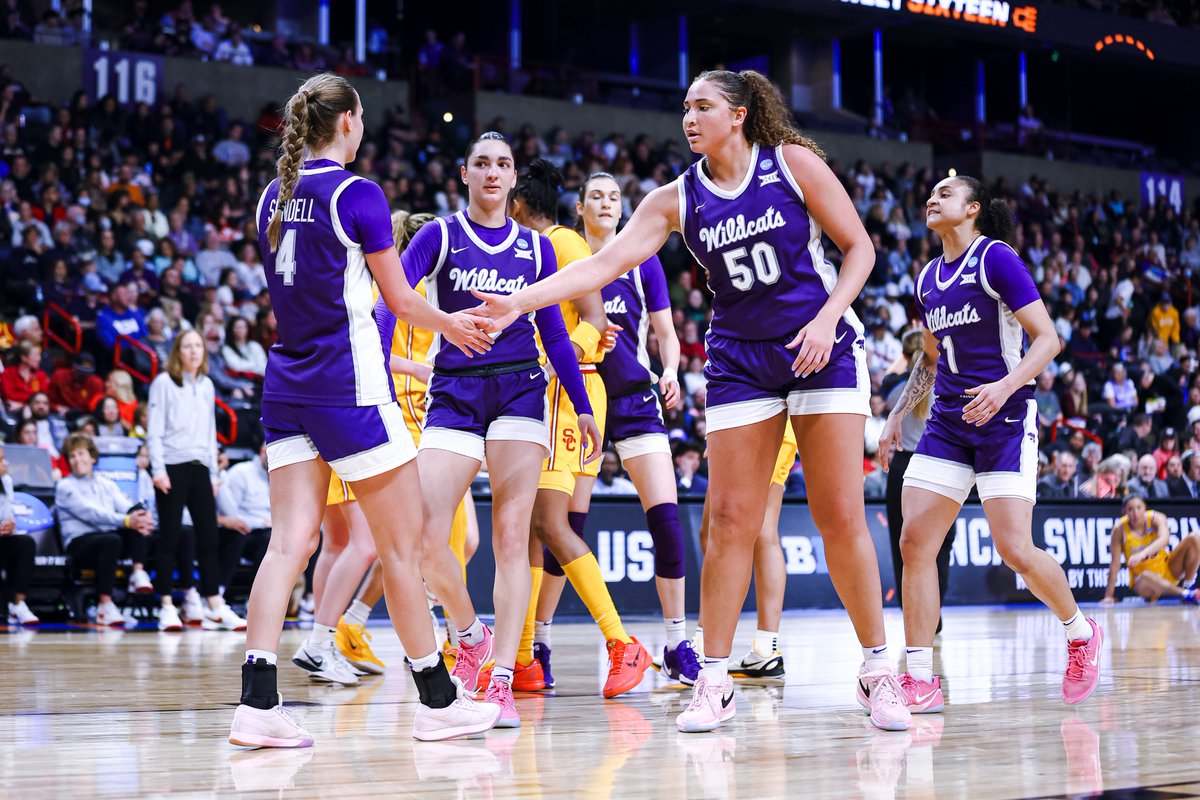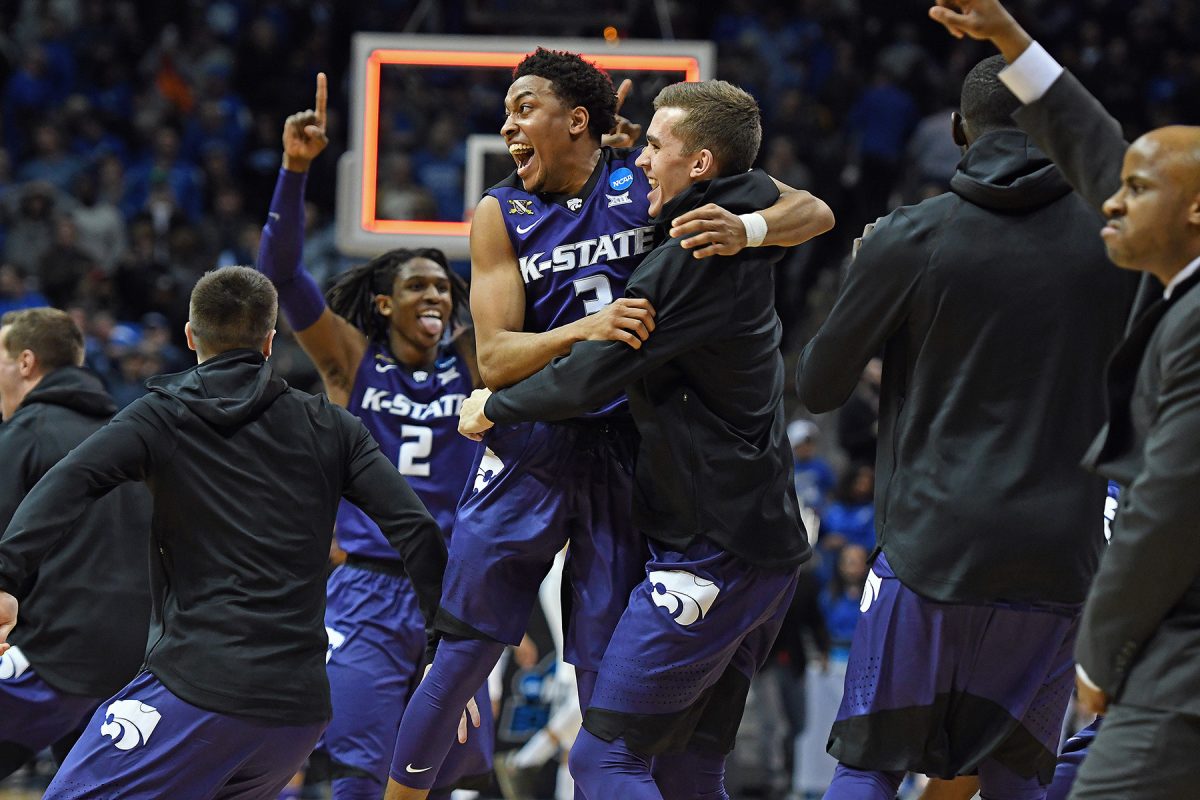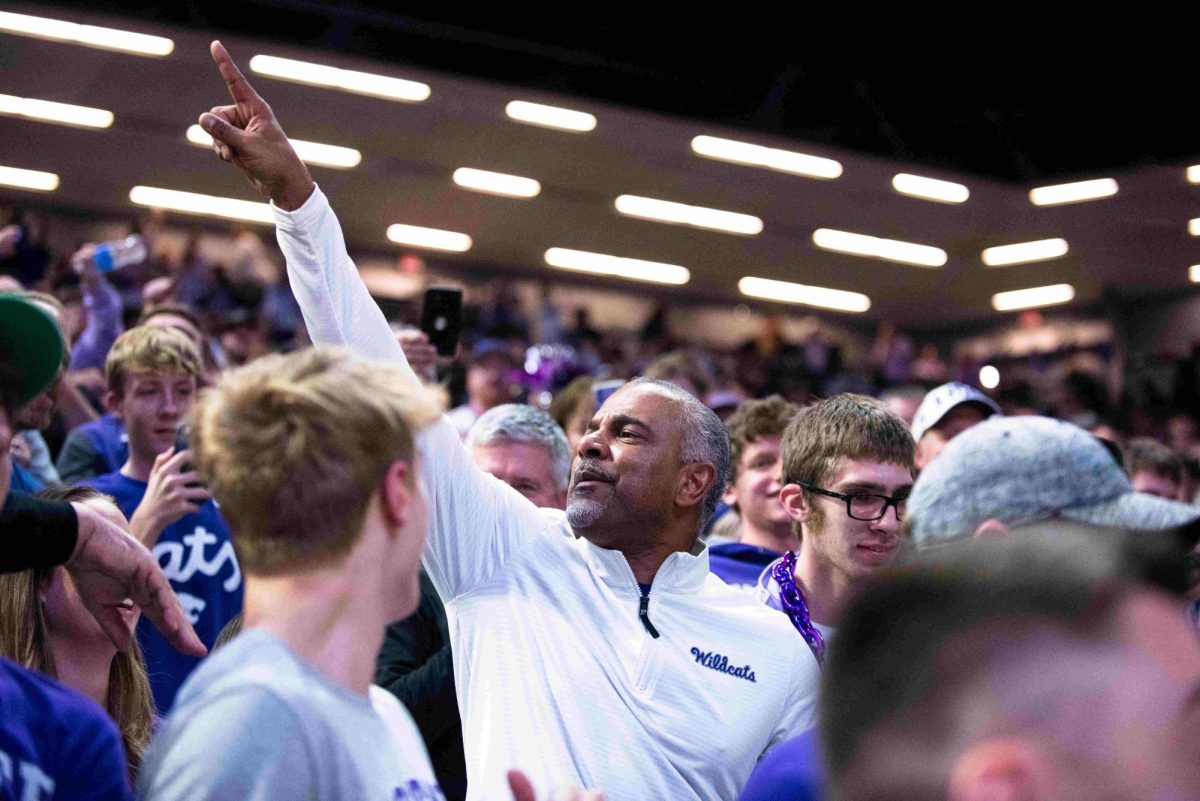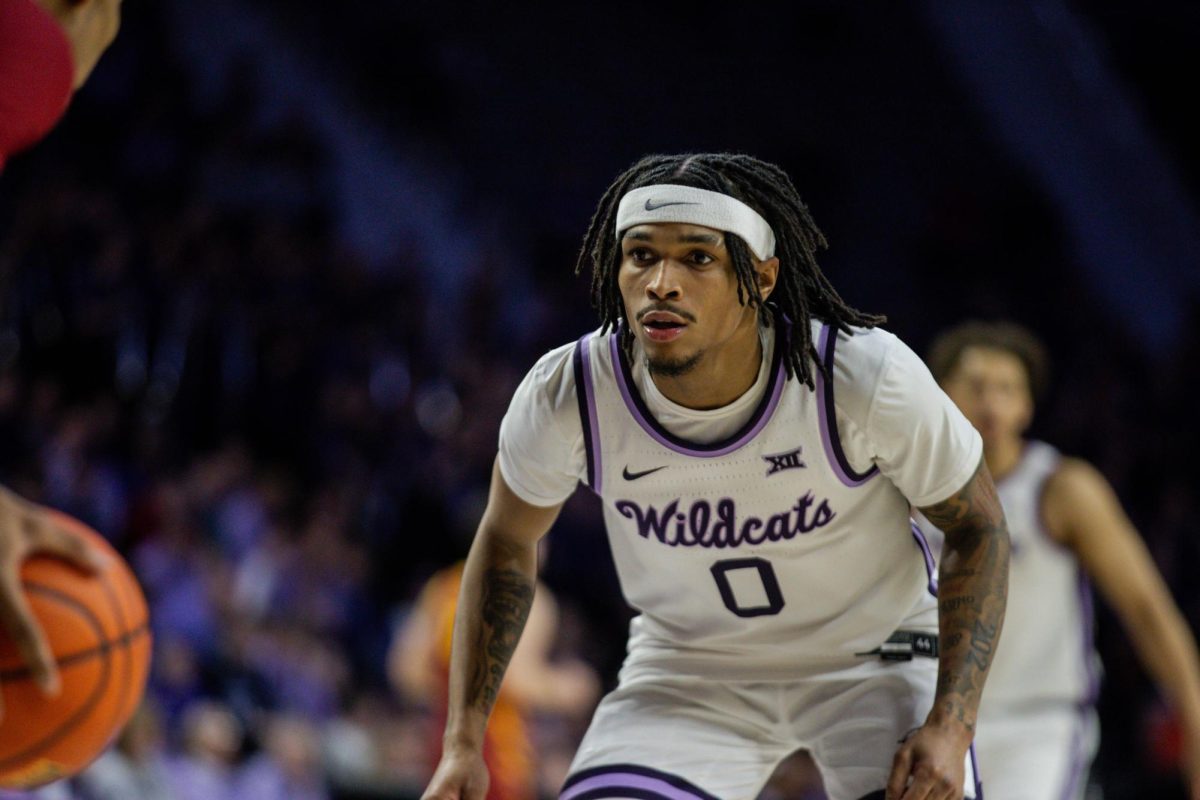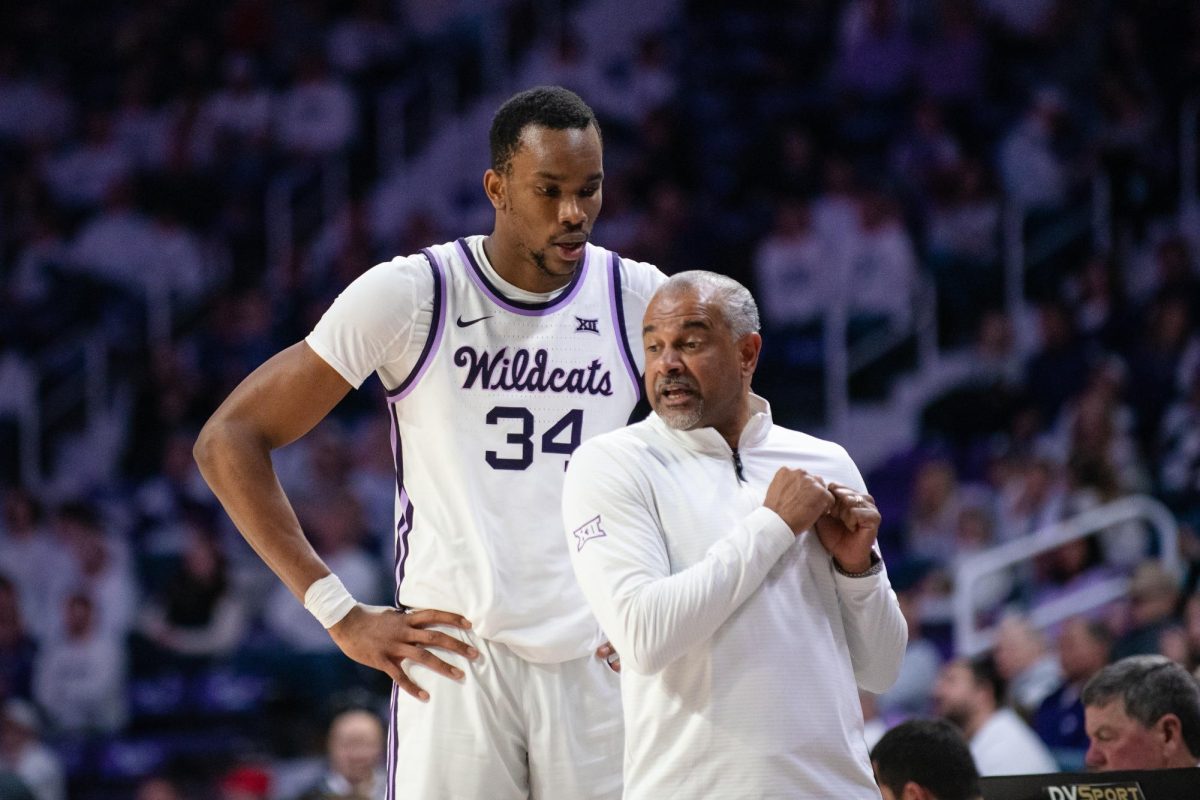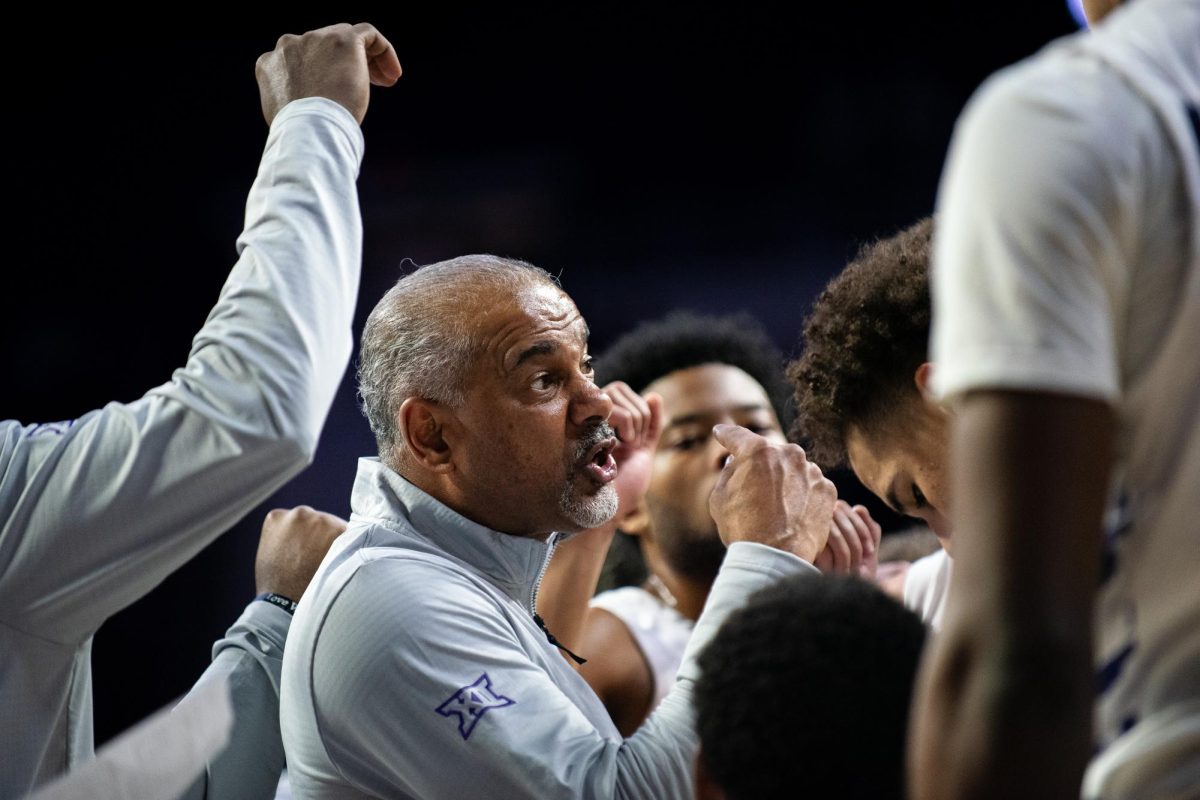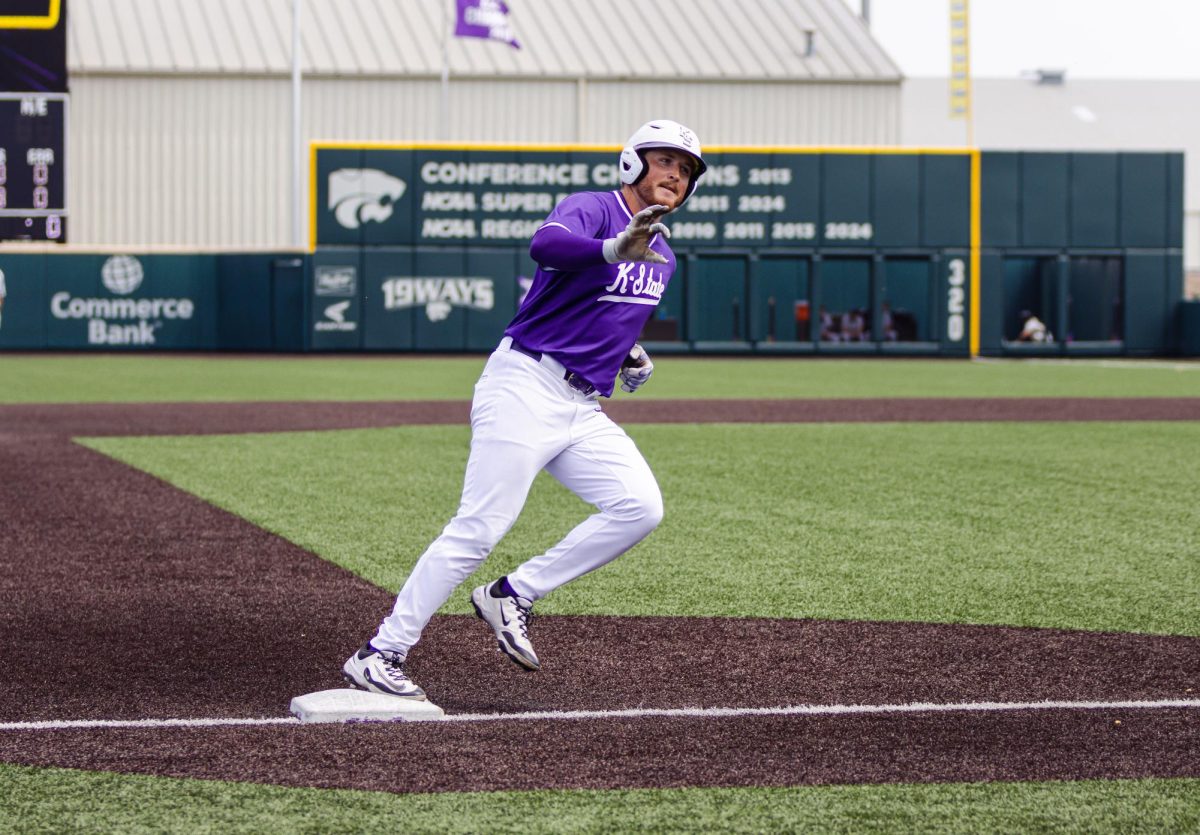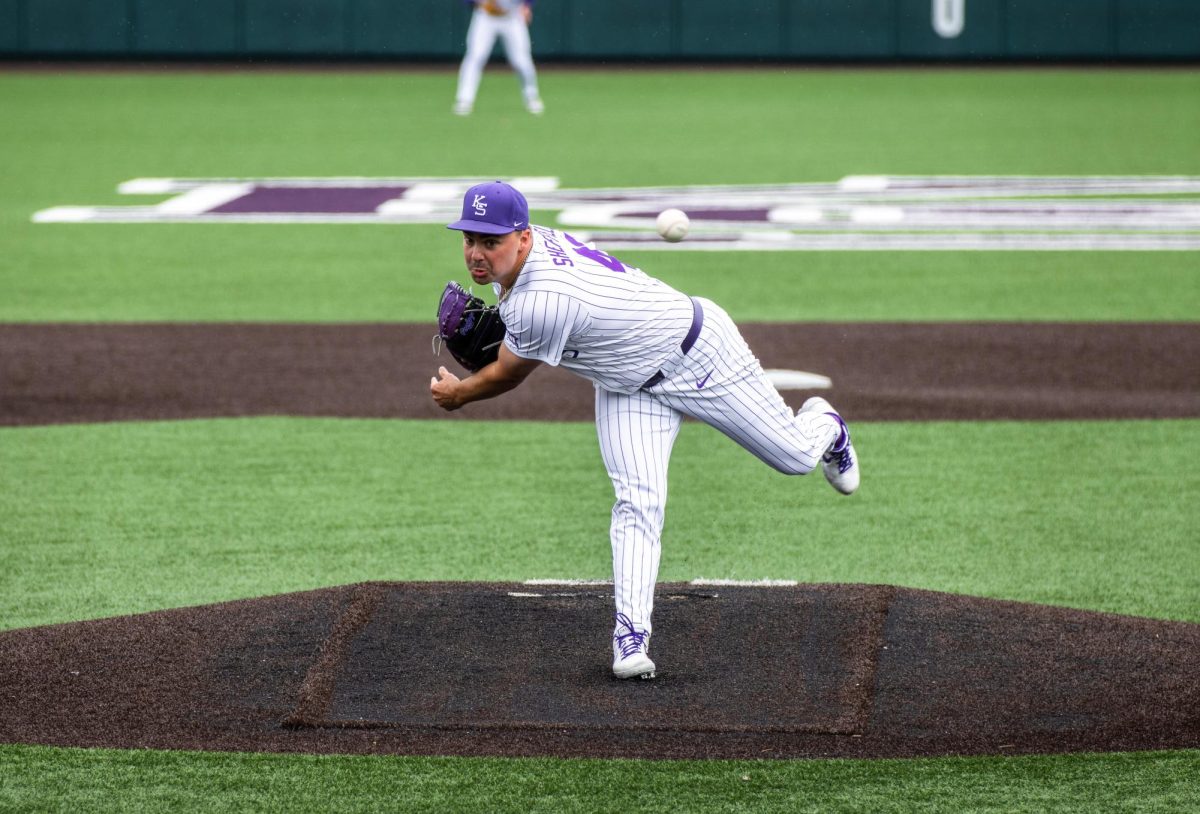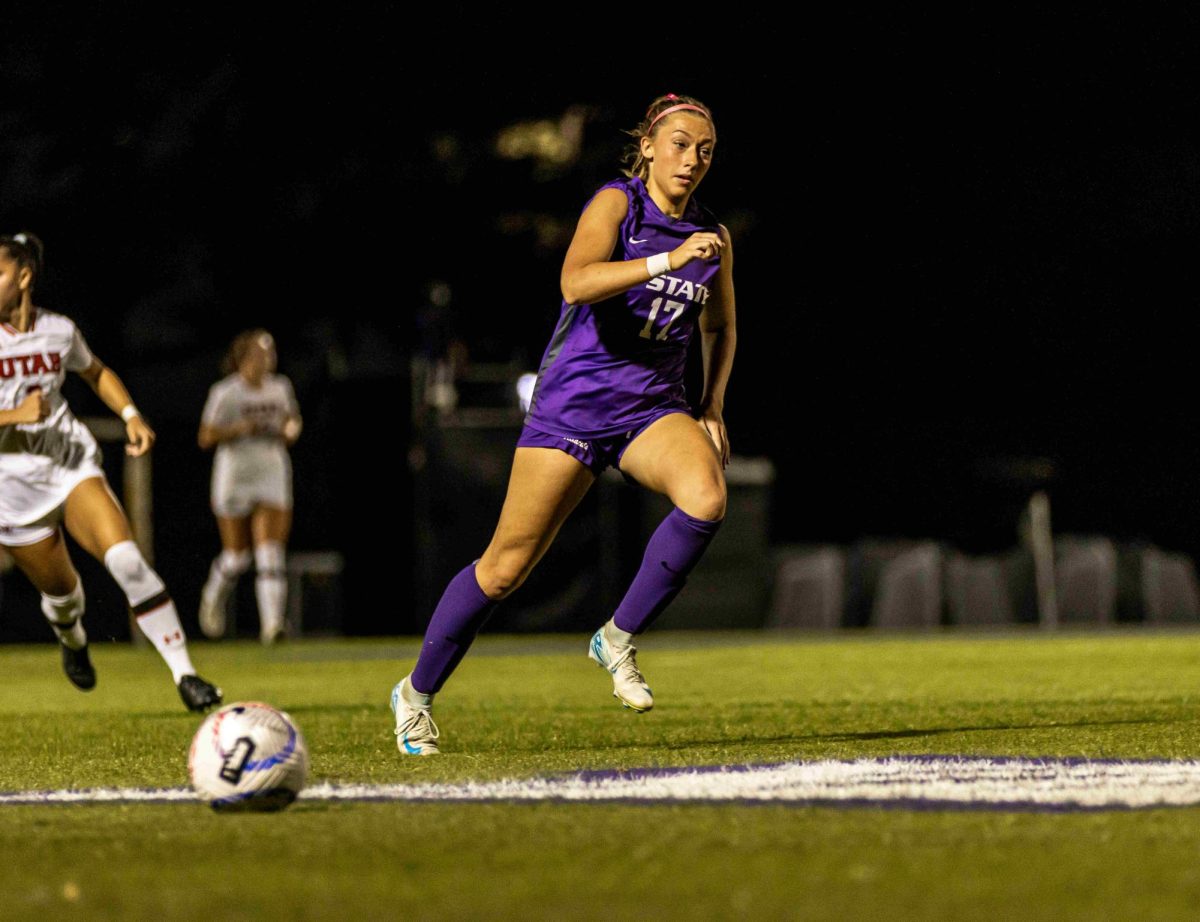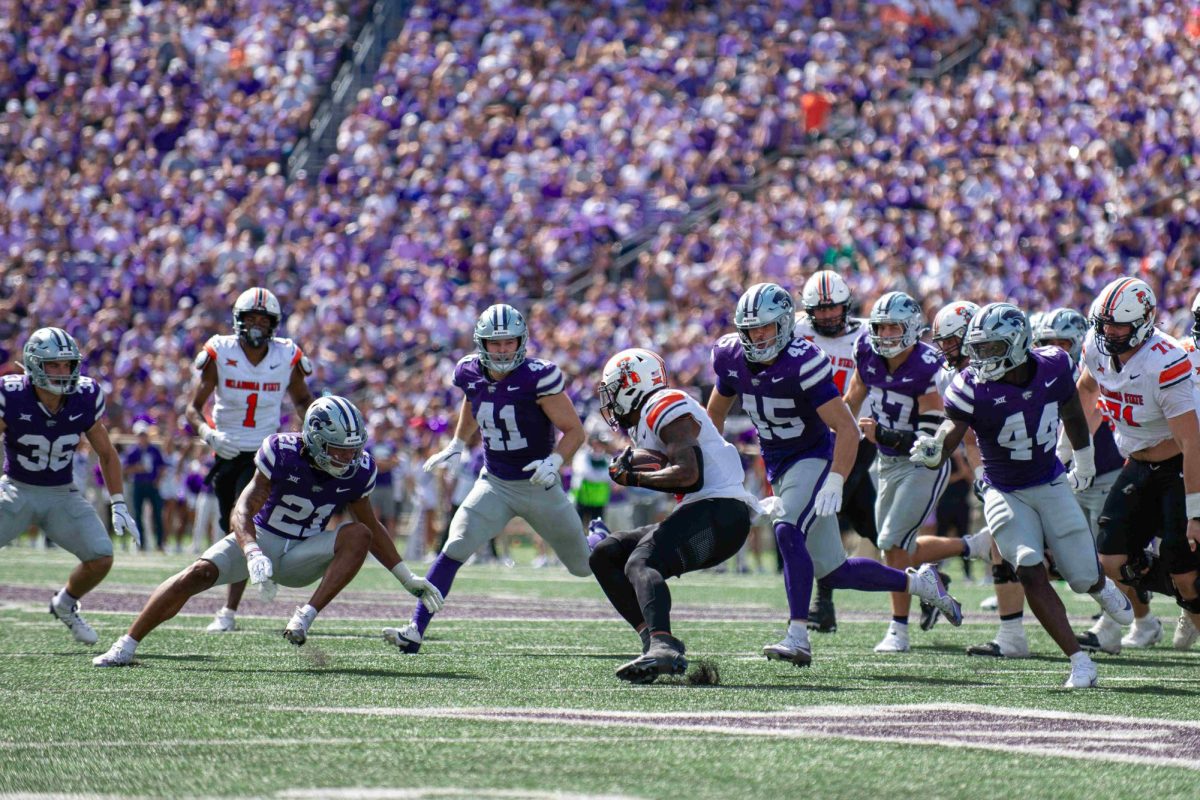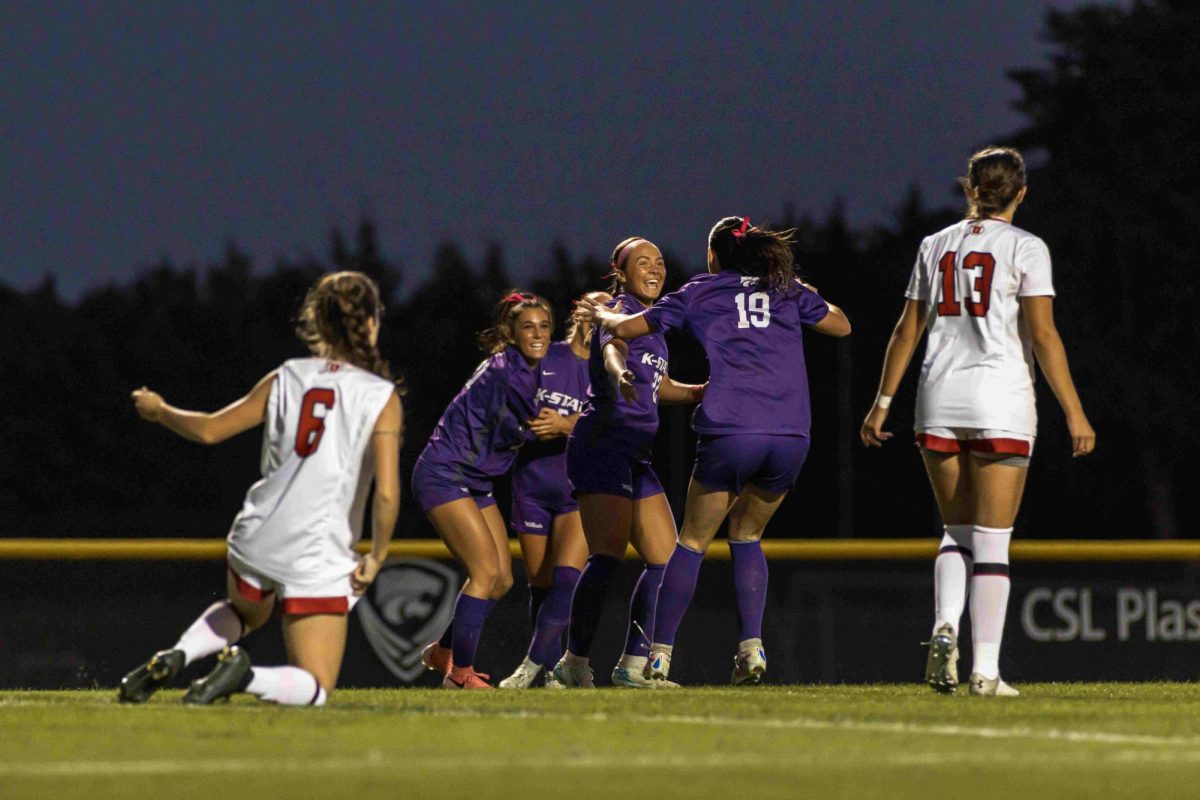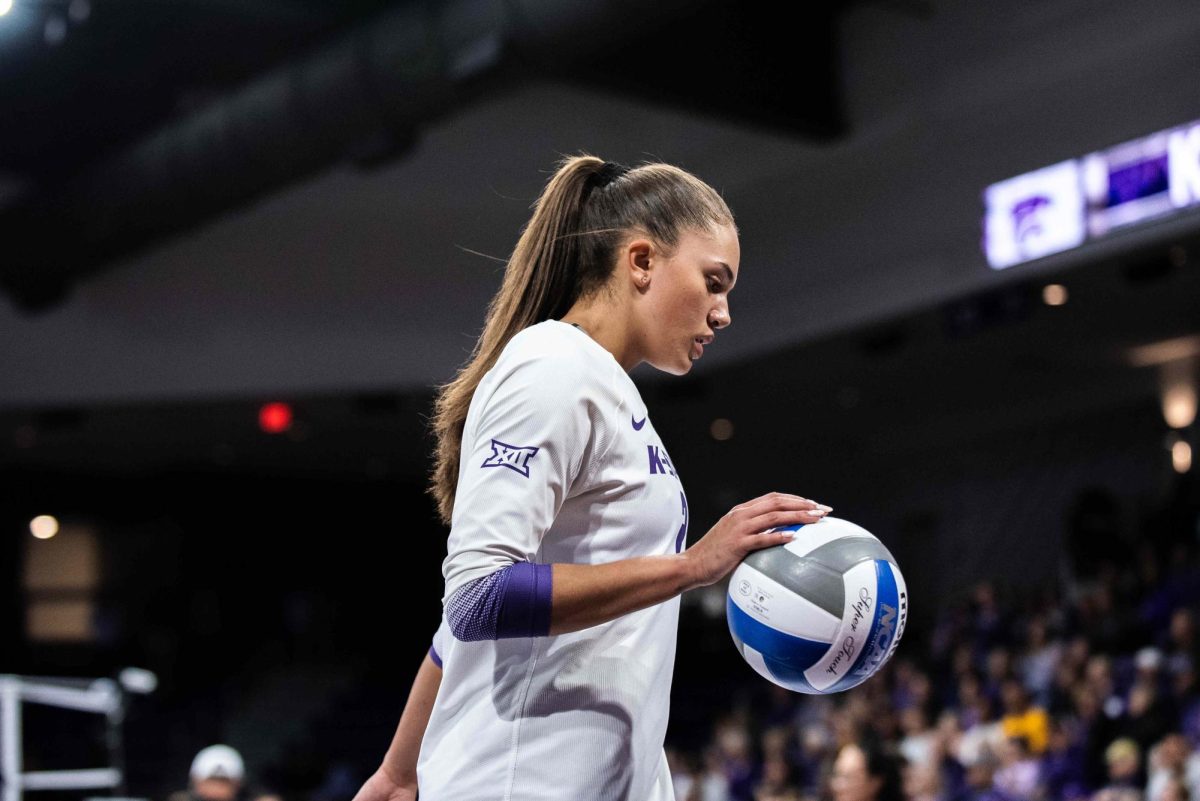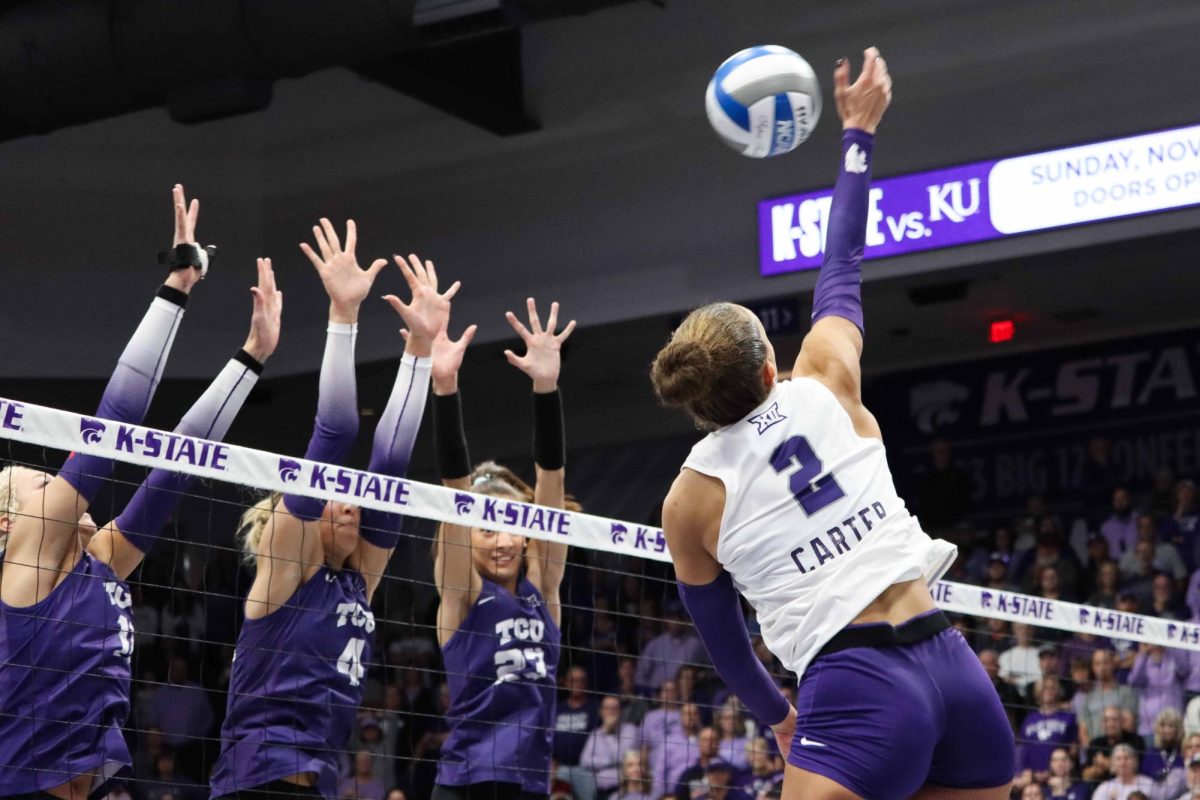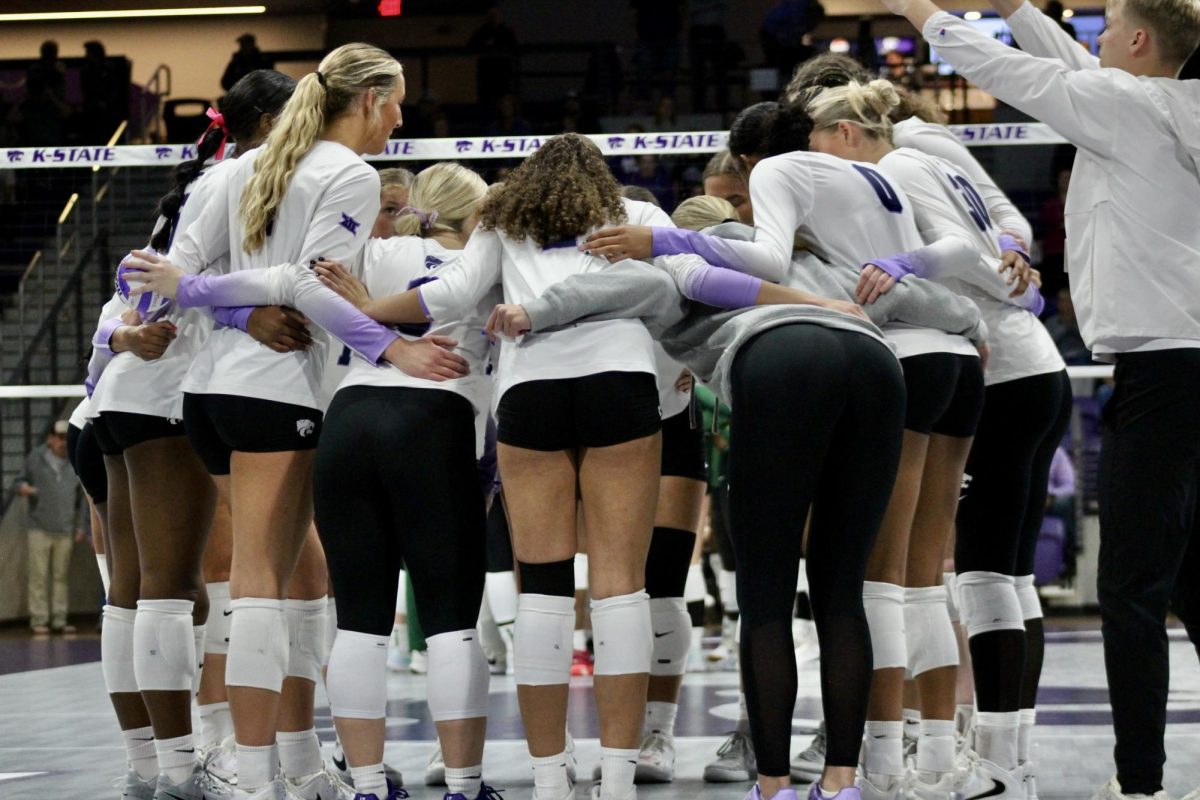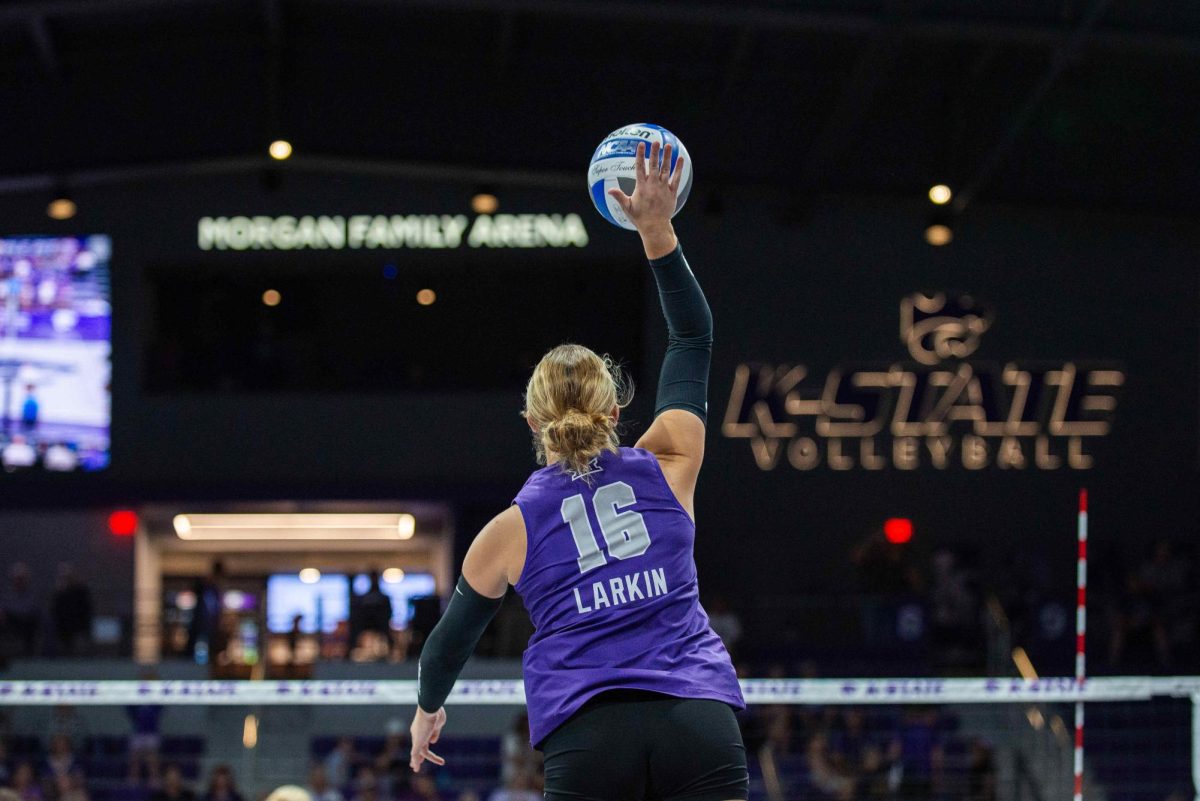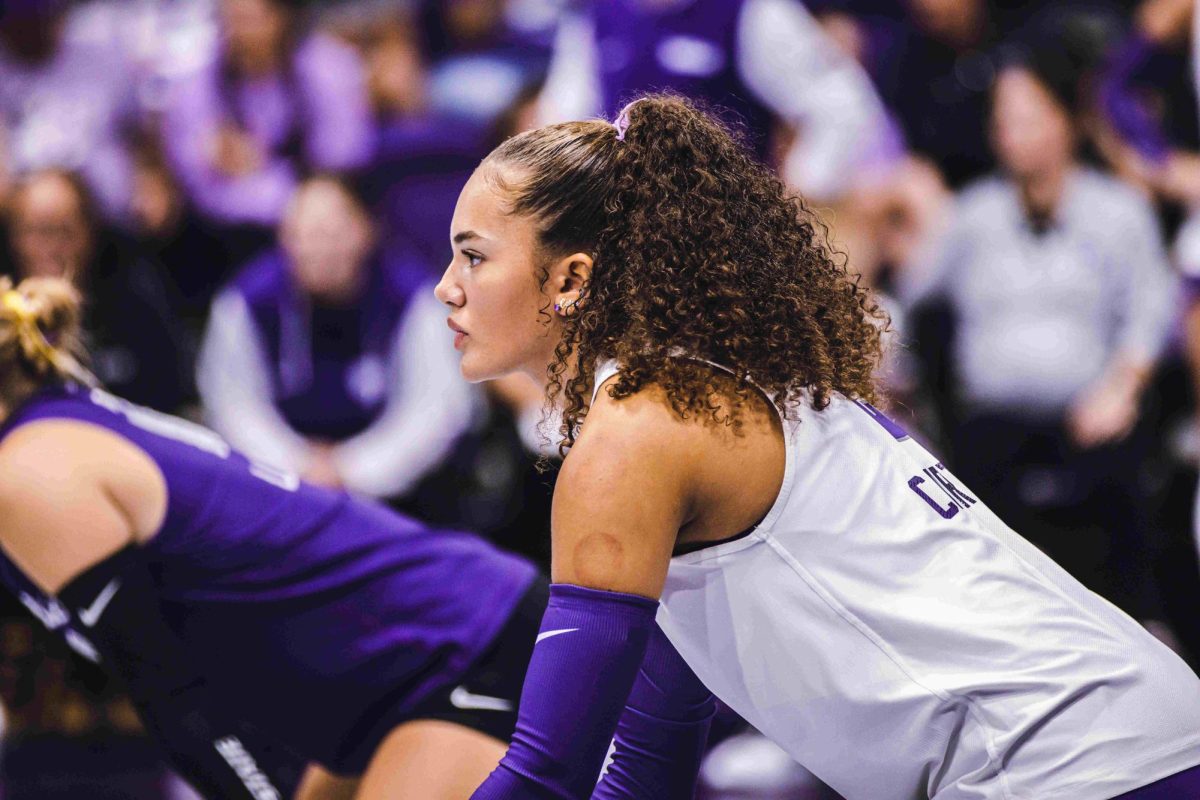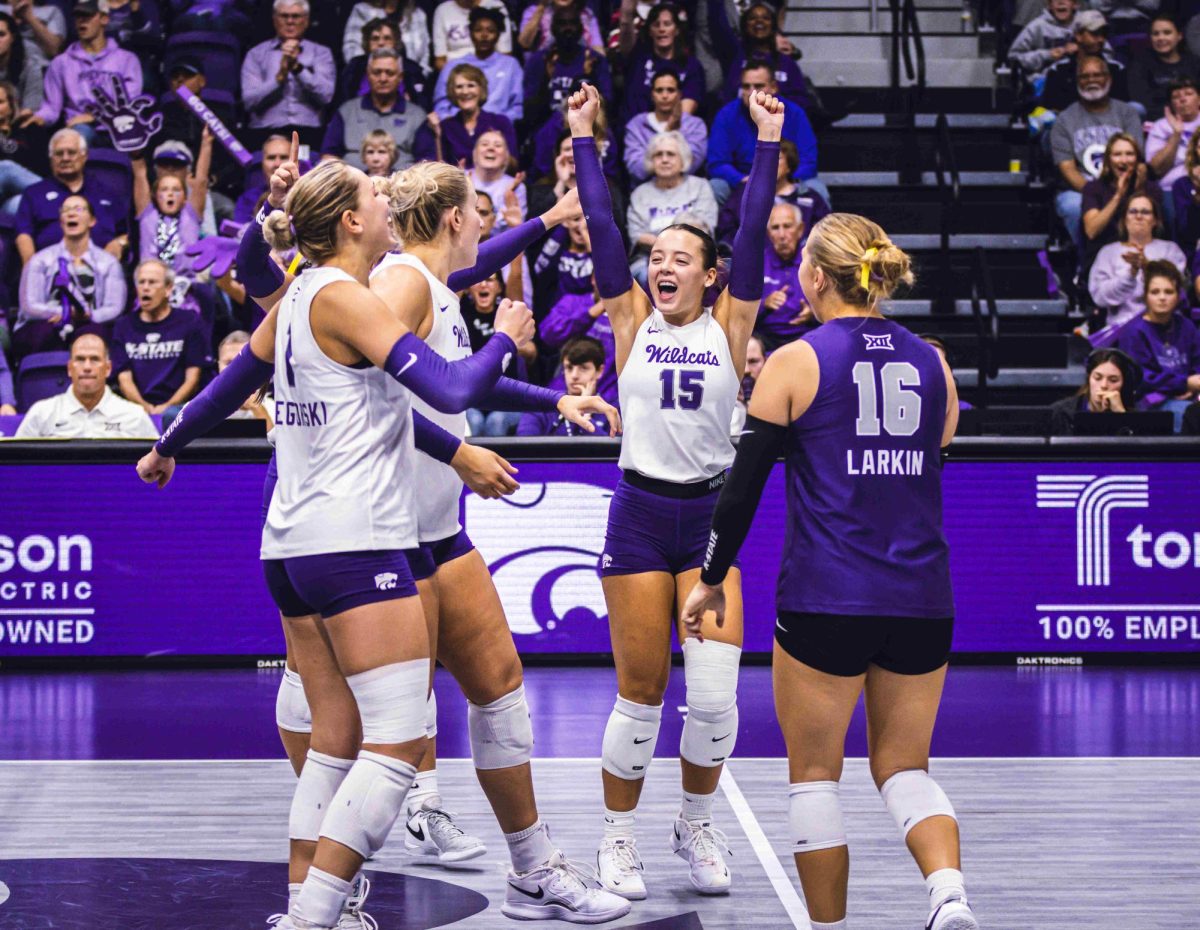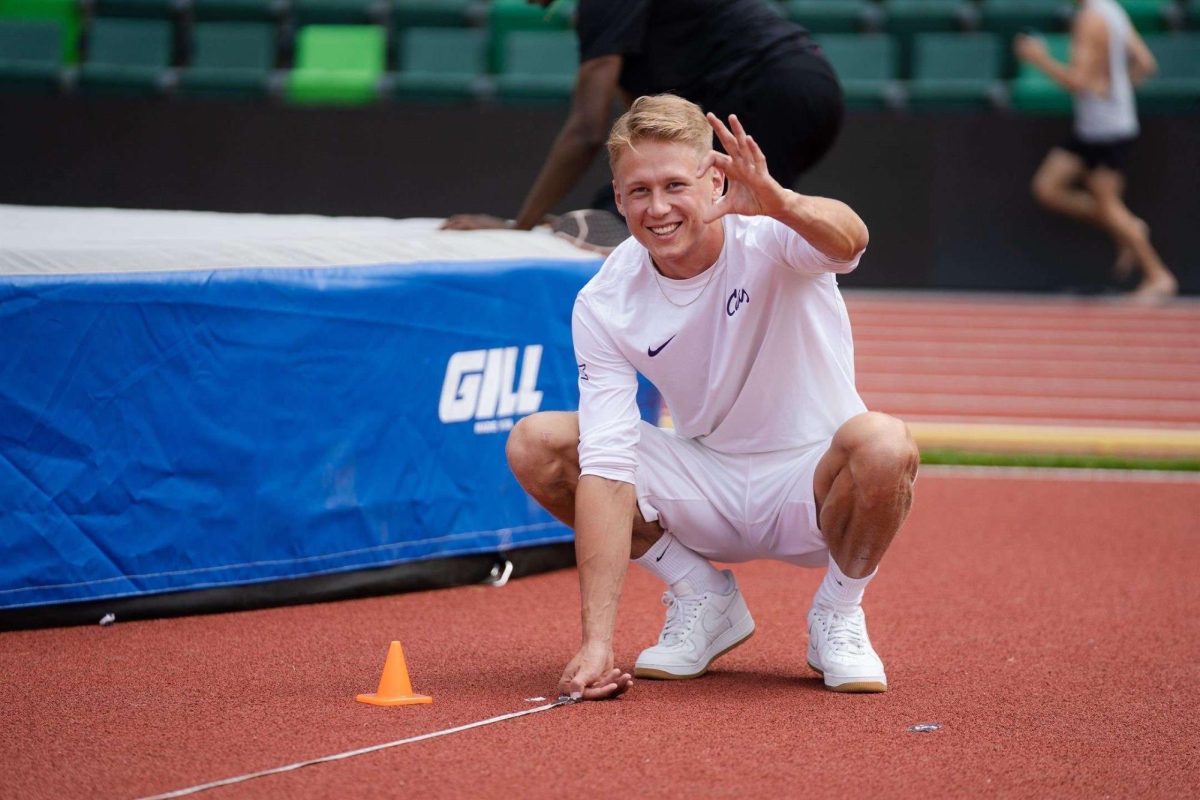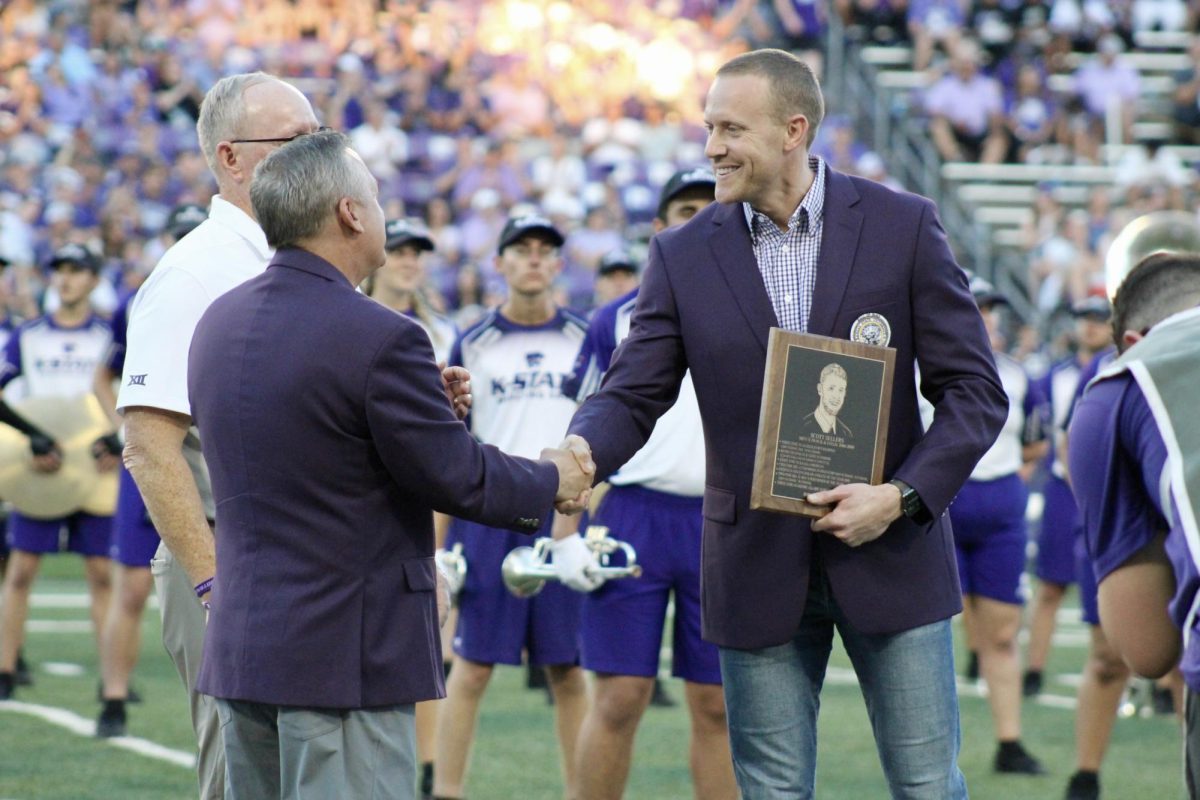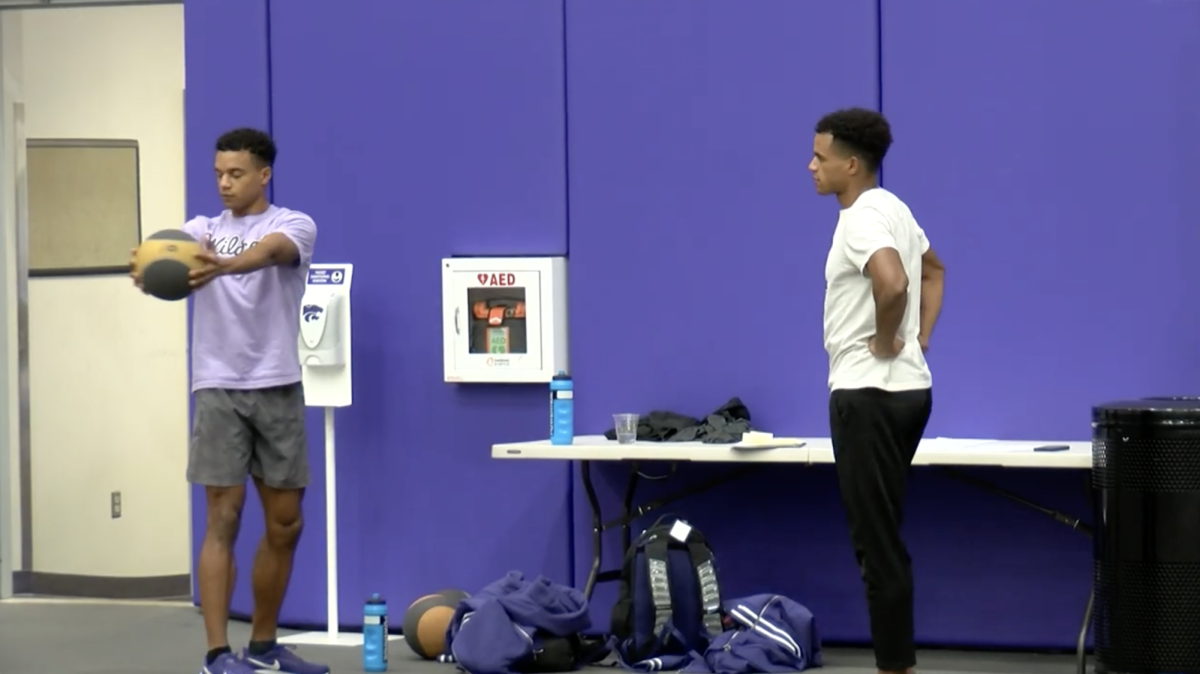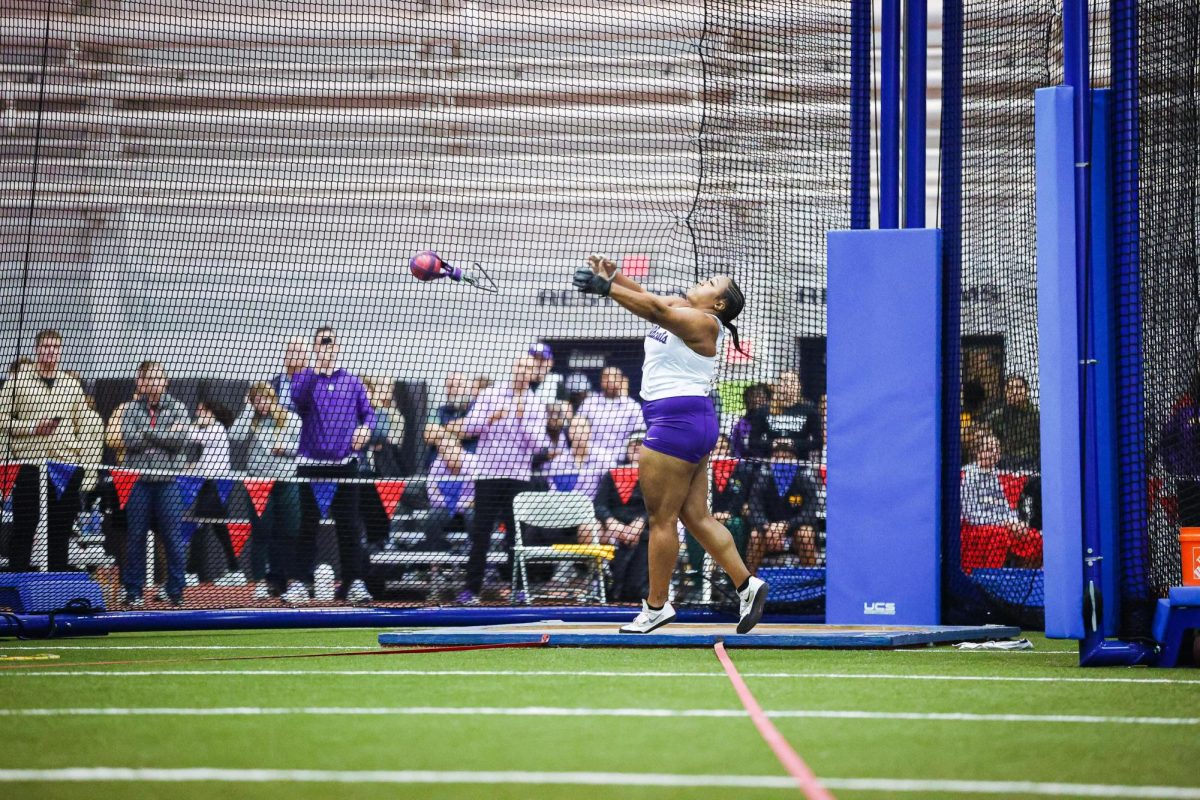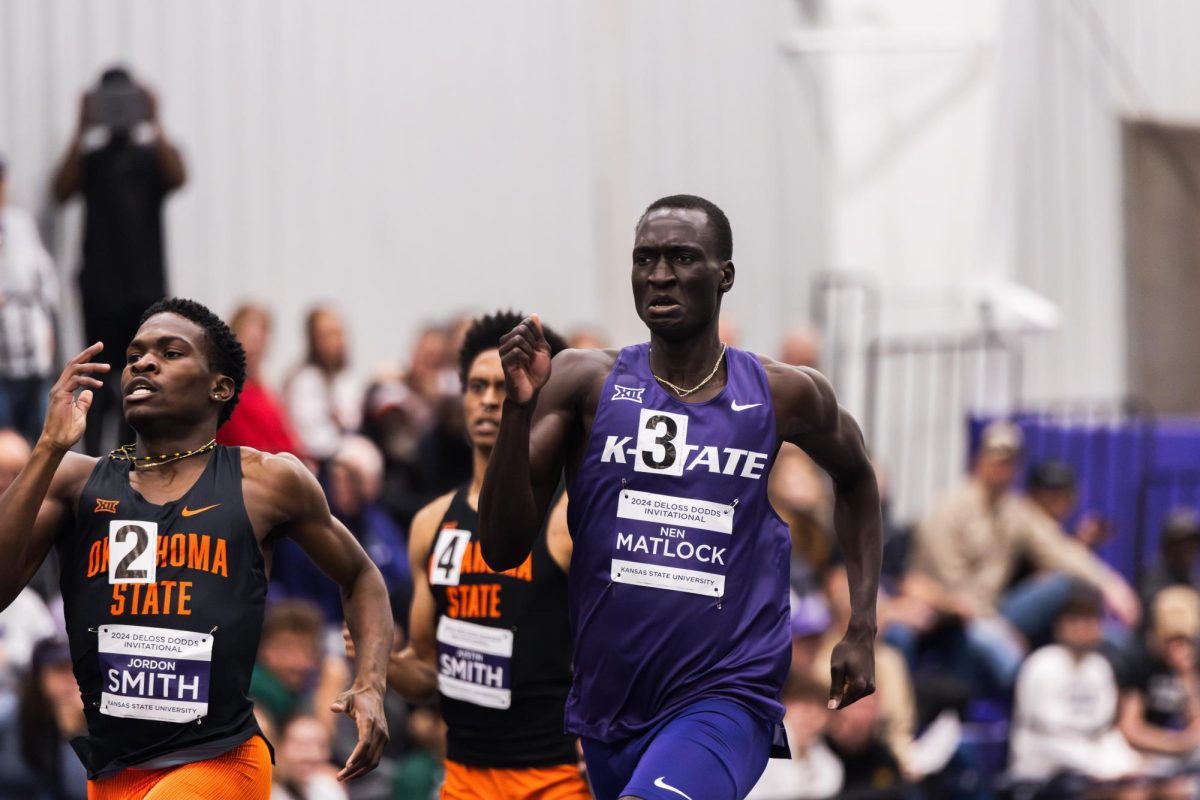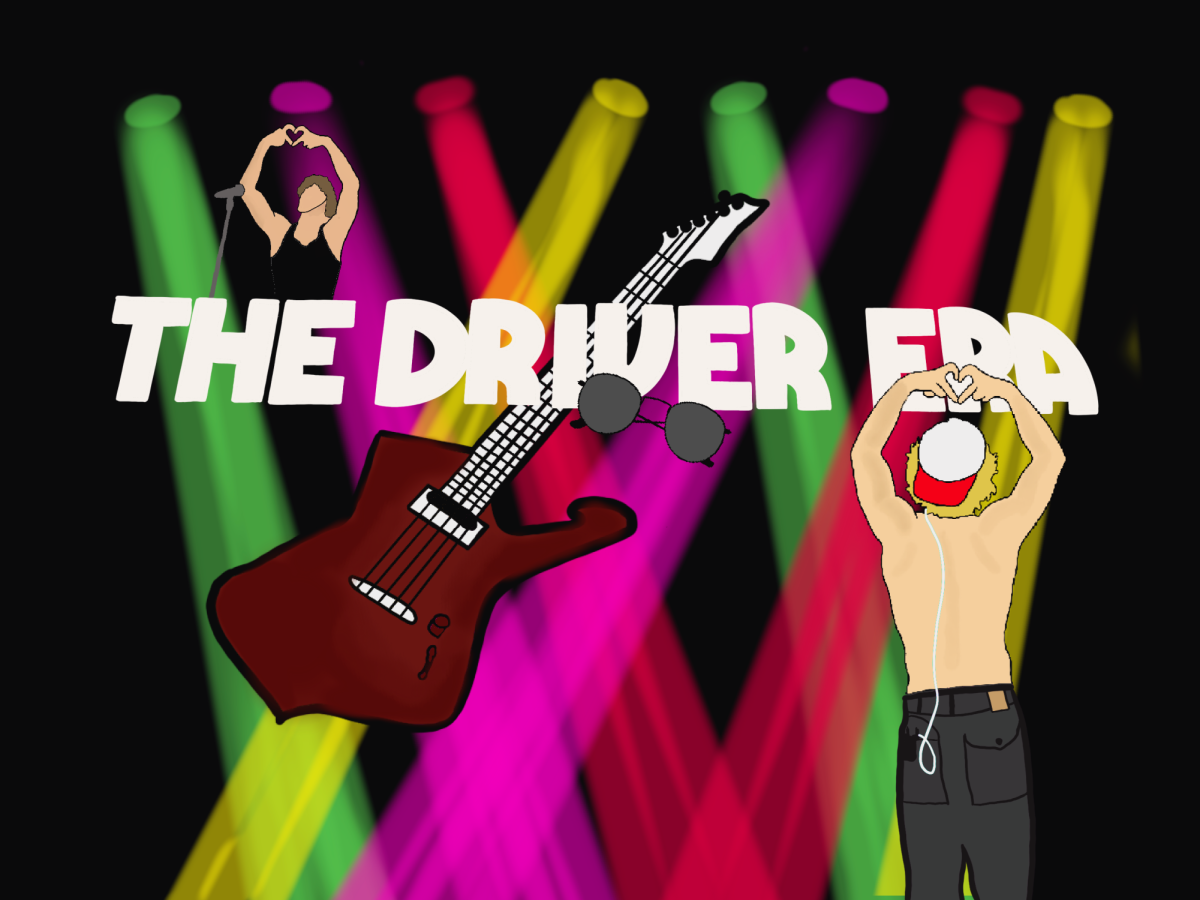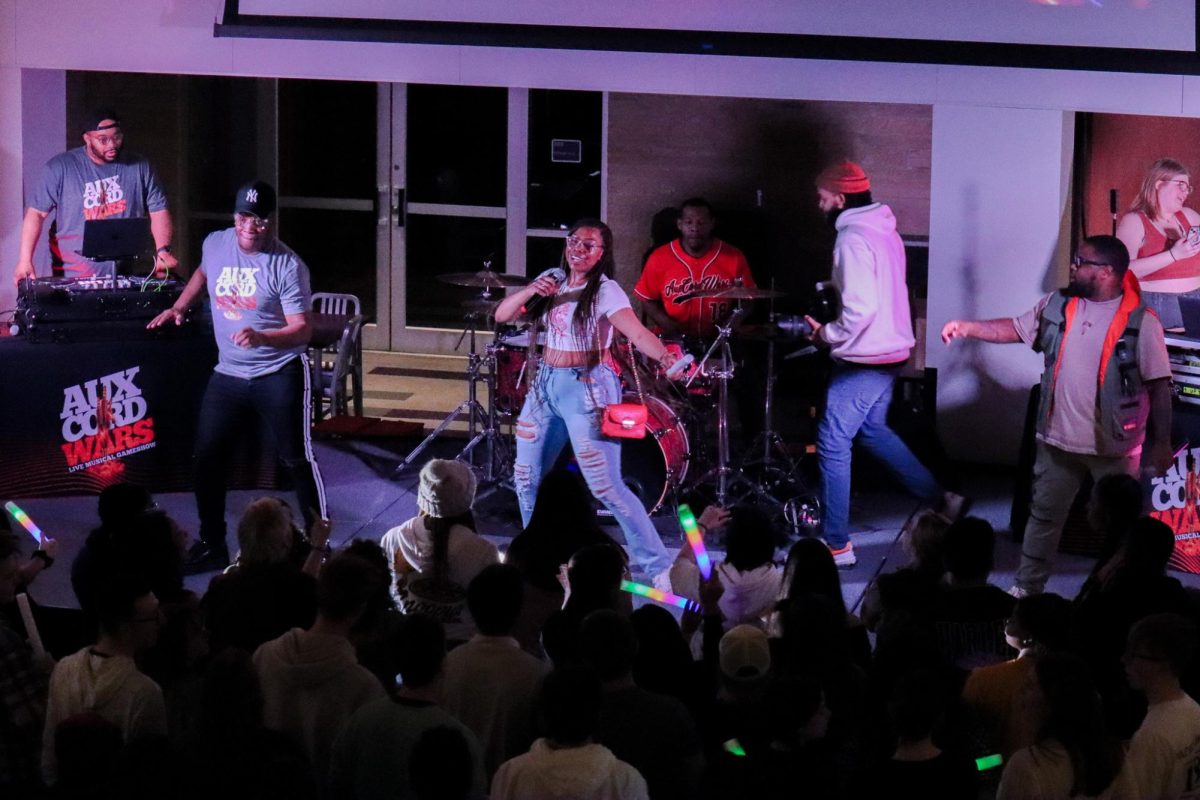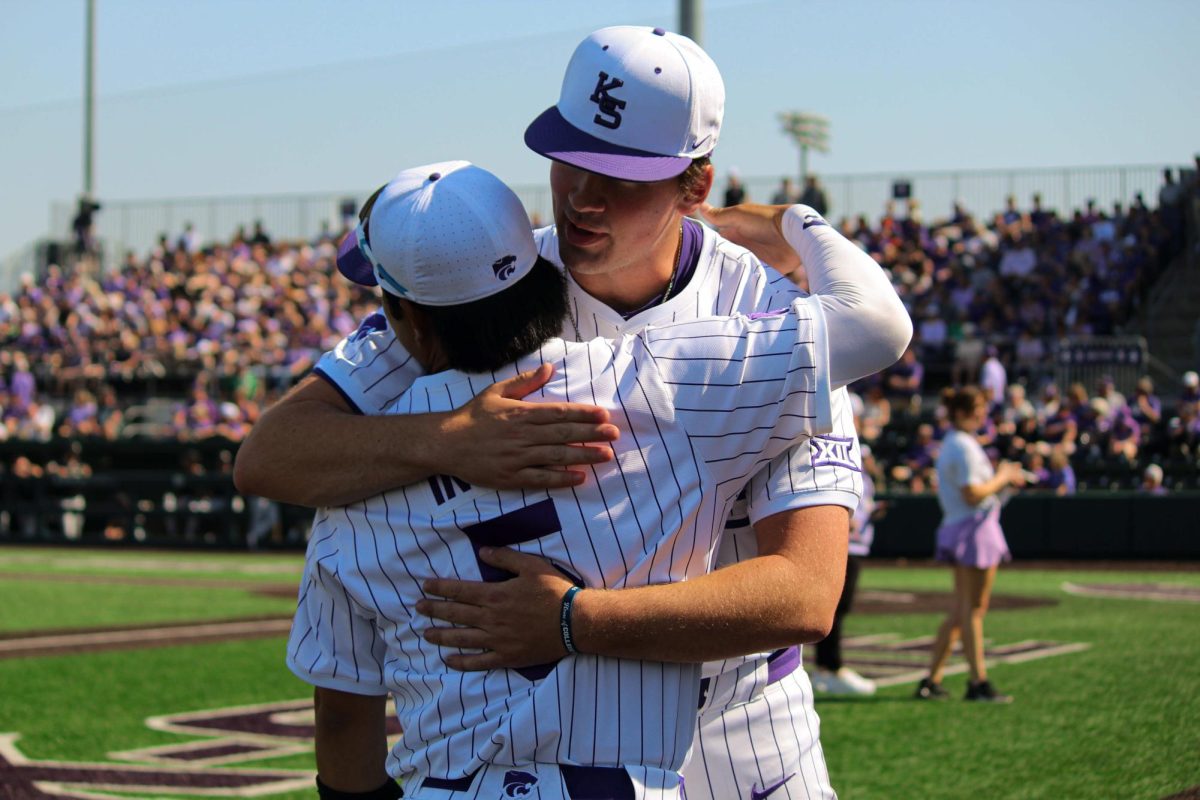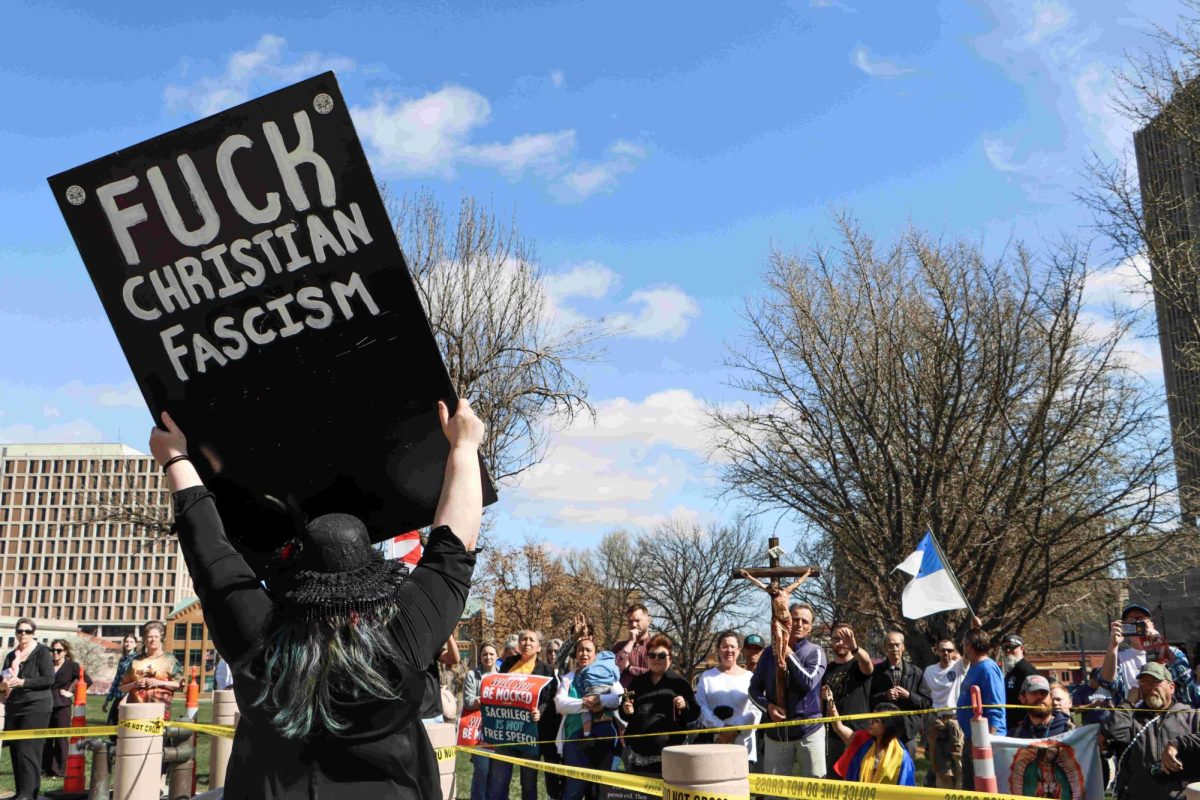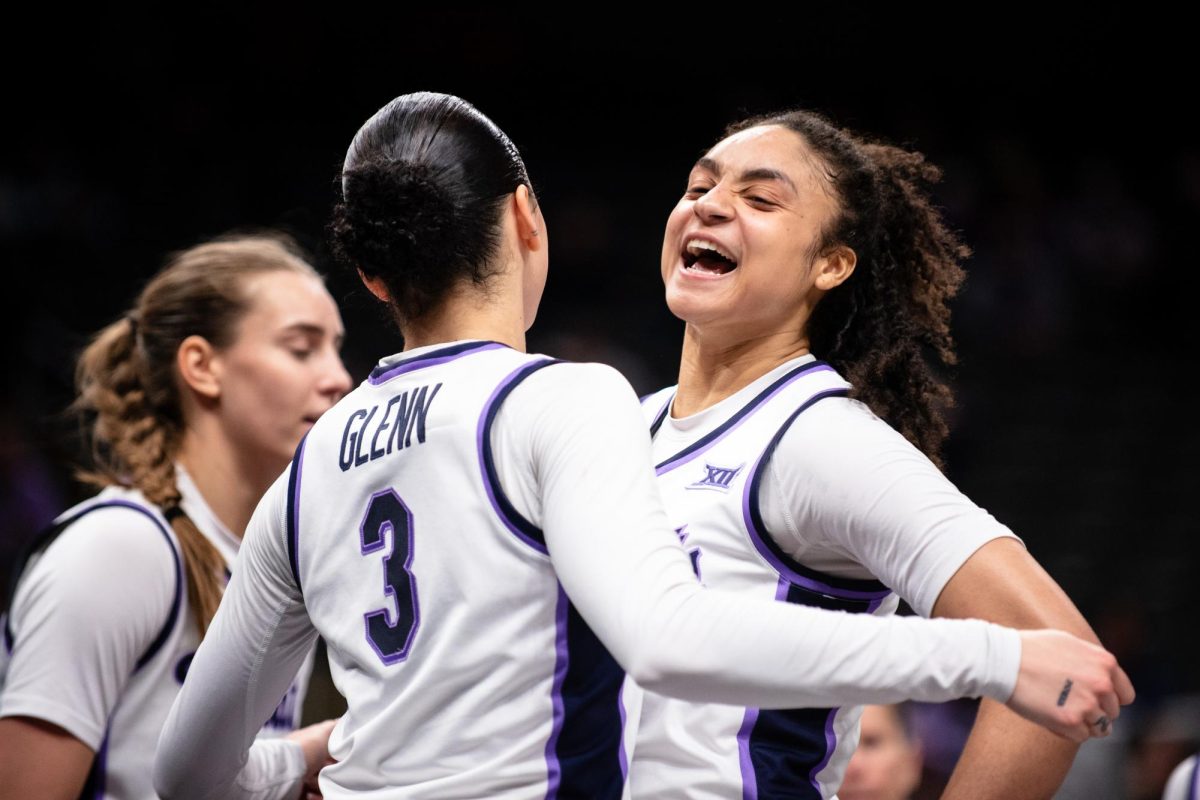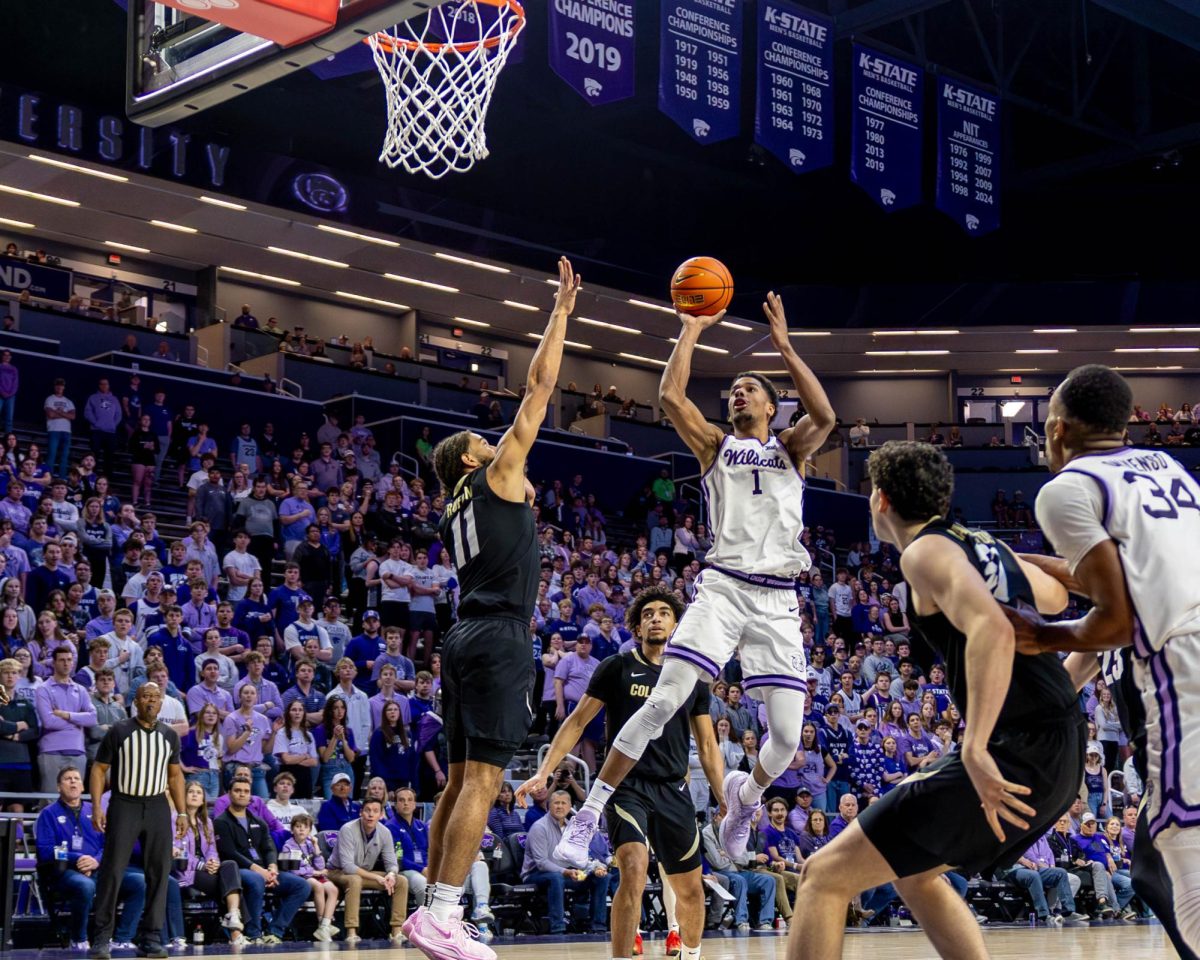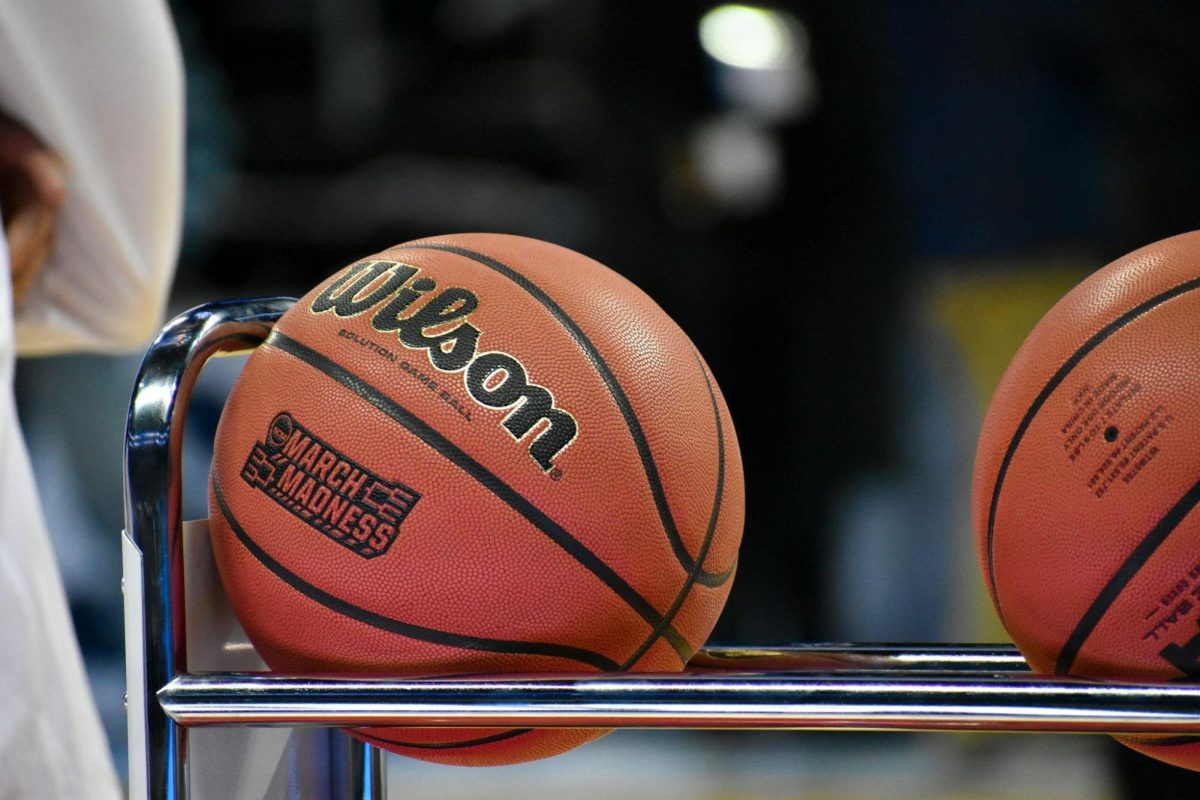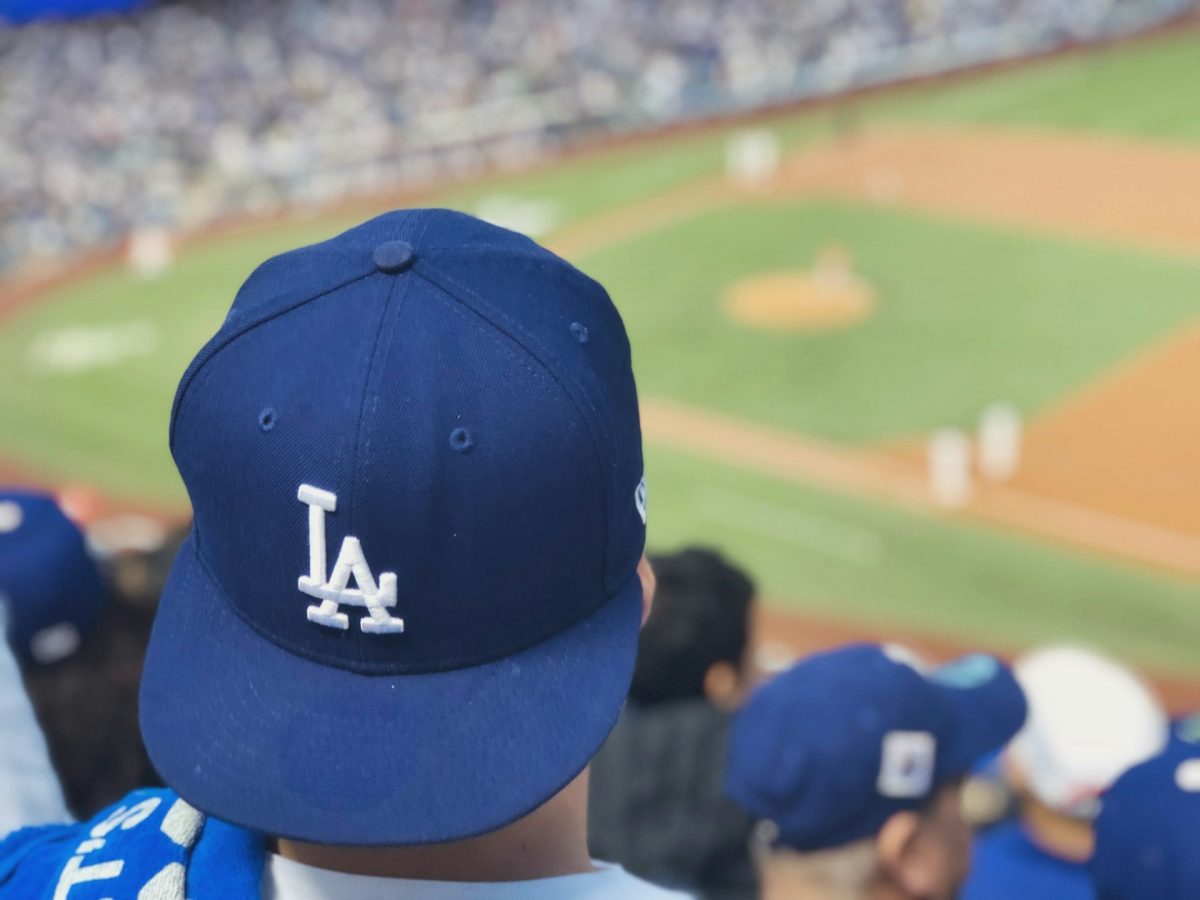College basketball and the NBA, while sharing the same core game, exhibit distinct differences in gameplay, rules, and atmosphere. These variations are pivotal in shaping the unique experiences of each. Understanding these differences provides insight into the diverse nature of basketball at different levels.
Rules and Regulations
The regulations governing college basketball and the NBA show notable differences. College basketball, governed by the NCAA, features two halves of 20 minutes each, unlike the NBA’s four 12-minute quarters. This distinction leads to variations in game pace and strategy. The shot clock in the NCAA is 30 seconds, compared to 24 in the NBA, impacting the offensive strategies teams employ. Additionally, the NCAA’s stricter foul rules can lead to players being benched more frequently, affecting team dynamics and game outcomes.
Talent and Development
College basketball often showcases players in their developmental stages. Their skills are being honed for potential professional play, whereas NBA players are seasoned professionals. This difference in skill level is evident in the speed and precision of play. NBA games exhibit higher levels of athleticism and skill due to the players’ experience and physical maturity.
Playing Style and Strategy
The playing style in college basketball contrasts with that of the NBA. College teams often rely more on teamwork and coaching strategies due to the varying levels of individual talent. In contrast, the NBA, with its roster of top-tier talent, sees more emphasis on individual athleticism and skill. This disparity is visible in scoring patterns, defensive tactics, and the overall tempo of the game.
Economic Aspects
The economic scene of college basketball and the NBA is vastly different. While college athletes are not paid salaries, NBA players are among the highest-paid athletes in the world. This financial difference extends to the institutions themselves, with the NBA generating significantly higher revenue than college basketball. These economic factors influence many aspects of both college basketball and the NBA, from player recruitment to audience engagement.
Audience and Community Engagement
The audience and community engagement in college basketball and the NBA differ considerably. College basketball, often deeply rooted in community and school spirit, has a passionate fan base tied to educational institutions. In contrast, the NBA’s global reach attracts a diverse, international audience. This difference in fan base impacts the atmosphere at games, marketing strategies, and overall cultural relevance of the respective leagues.
Drafting Process and Career Progression
The transition from college basketball to the NBA is marked by the drafting process. College players eligible for the NBA draft undergo a significant shift, moving from an amateur level to professional status. This transition involves not just changes in playstyle and regulations but also adaptations to the lifestyle and pressures of professional sports.
Impact of Betting and Fantasy Leagues
Sports betting and fantasy leagues have become increasingly prominent in basketball. Platforms like Draftkings offer fans a unique way to engage with the games, whether it’s college basketball or the NBA. This aspect has grown into a significant part of the sports culture, influencing fan engagement and viewership.
Recruitment and Training Approaches
The methods of recruiting and training players in college basketball and the NBA display clear differences. In college basketball, recruitment is a critical process involving scouting young talent in high schools and amateur leagues. Coaches and recruiters focus on potential, seeking players who can contribute to the team’s success and fit into the school’s academic environment. Training at the college level emphasizes skill development, teamwork, and adapting to the college game’s tactical demands. In contrast, NBA teams recruit primarily through the draft, trades, and free agency, focusing on immediate performance enhancement and long-term team building. Training in the NBA is tailored to refine professional skills, with a greater emphasis on physical conditioning, recovery, and advanced tactical training.
Media Coverage and Publicity
The nature of media coverage in college basketball versus the NBA shows distinct characteristics. College basketball enjoys extensive coverage during the NCAA tournament, known as March Madness, drawing significant attention from national media. This coverage often highlights the spirit of competition, underdog stories, and the journey of student-athletes. The NBA, with its longer season and global stars, receives year-round media attention. Coverage is extensive, focusing on player performances, team dynamics, trades, and off-court activities. The NBA’s media terrain is also more commercially driven, with substantial investments in broadcasting rights, digital media, and international marketing.
Conclusion
The distinctions between college basketball and the NBA are numerous and significant, encompassing rules, playing style, economic factors, and audience engagement. These differences shape the experiences of players, fans, and stakeholders in both realms, contributing to the unique characteristics that define each level of basketball.





